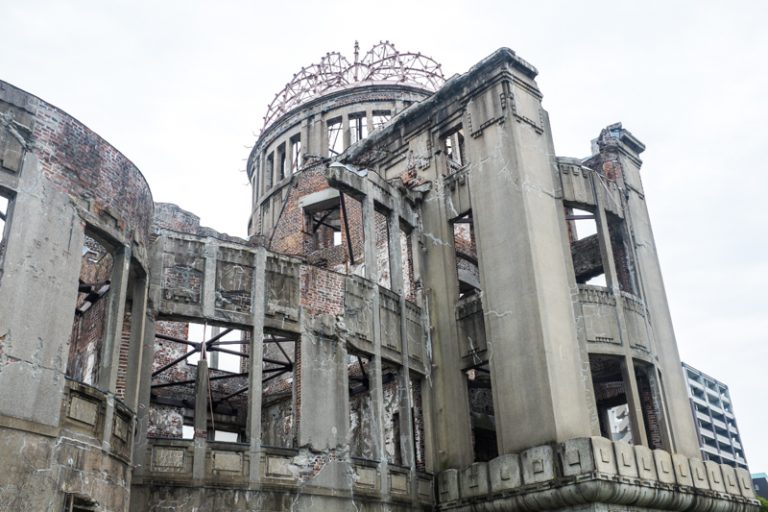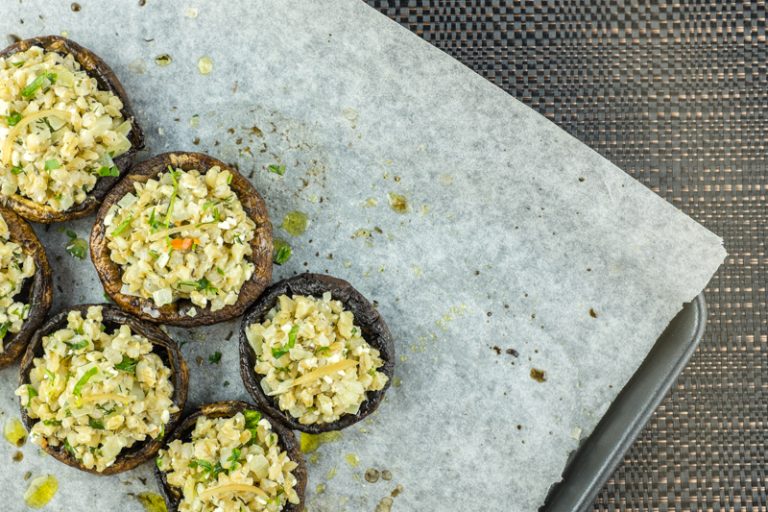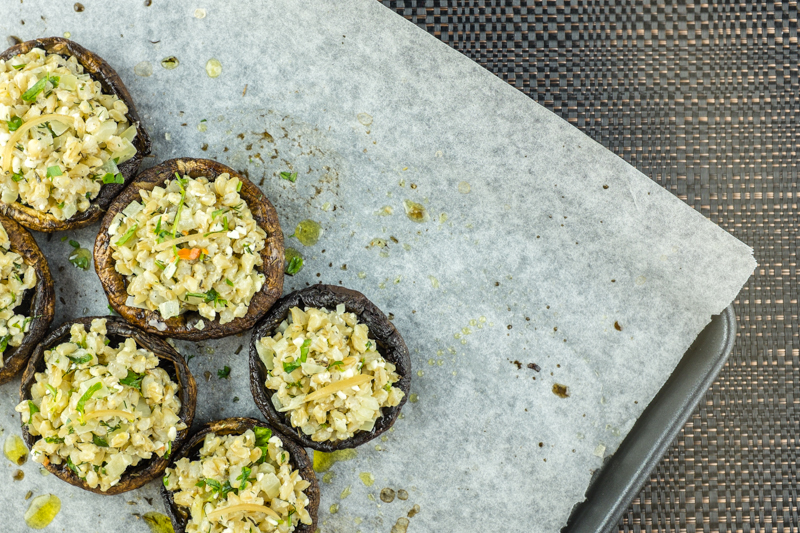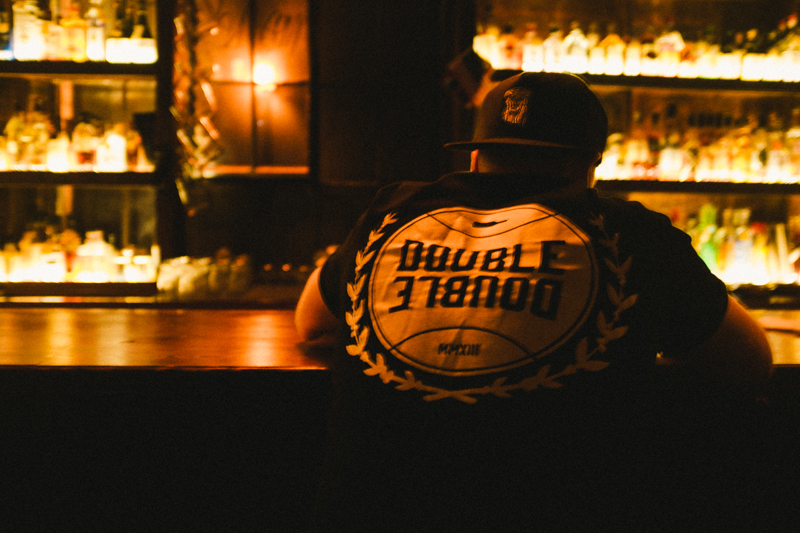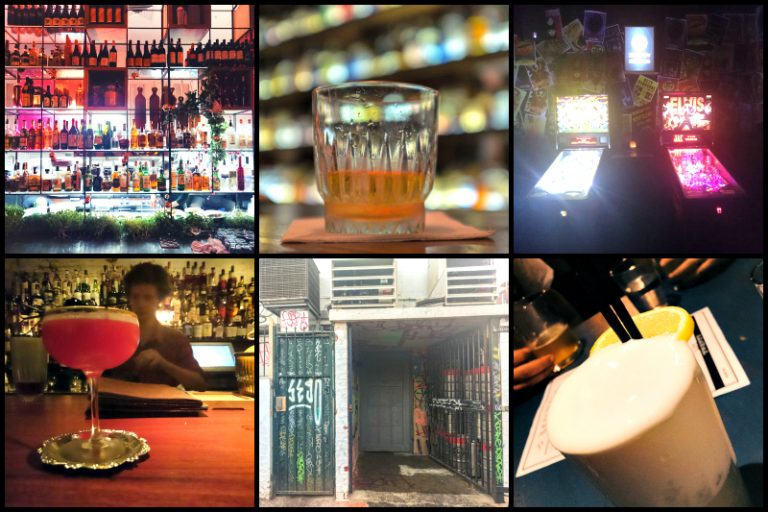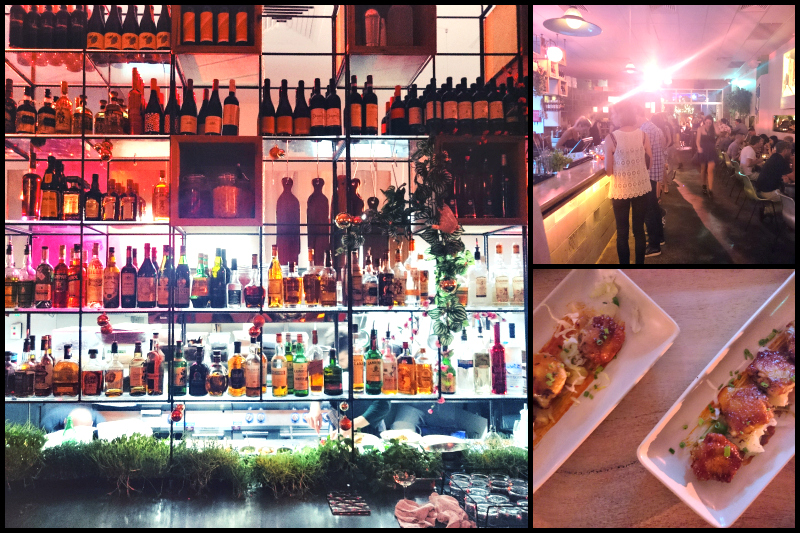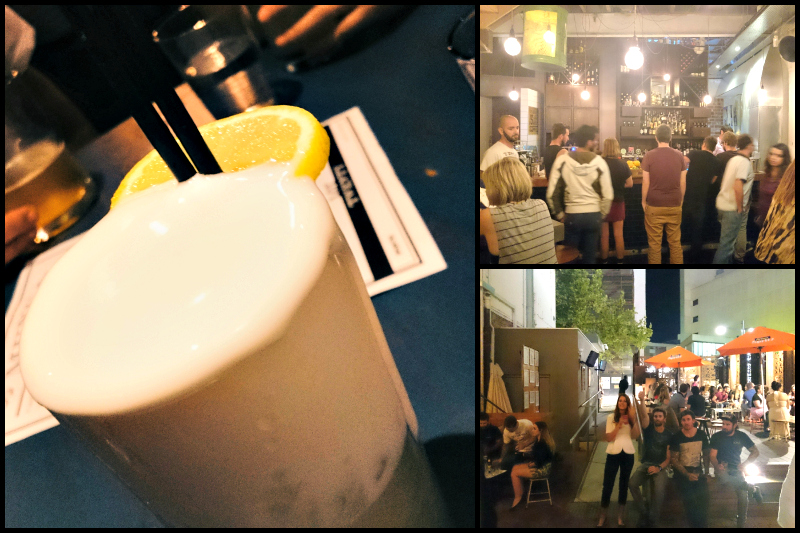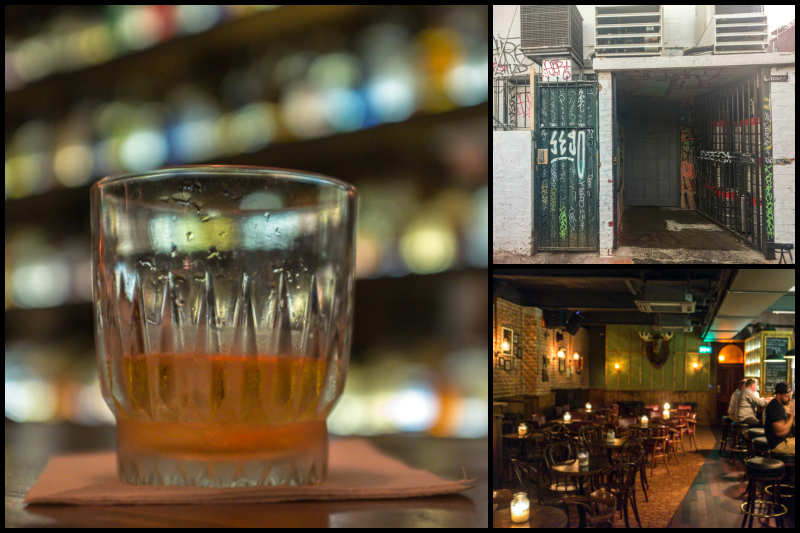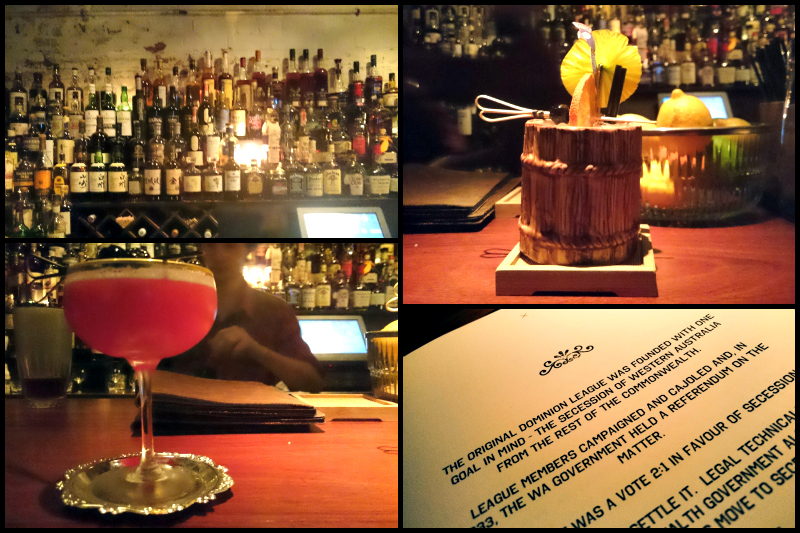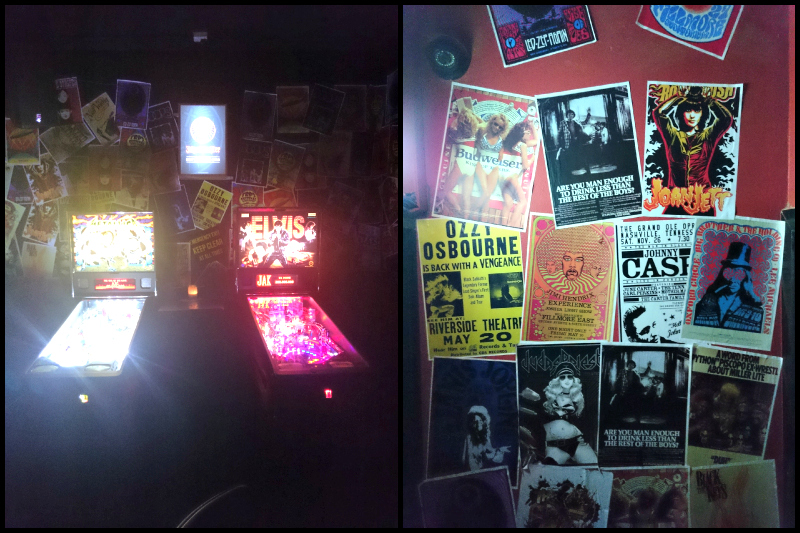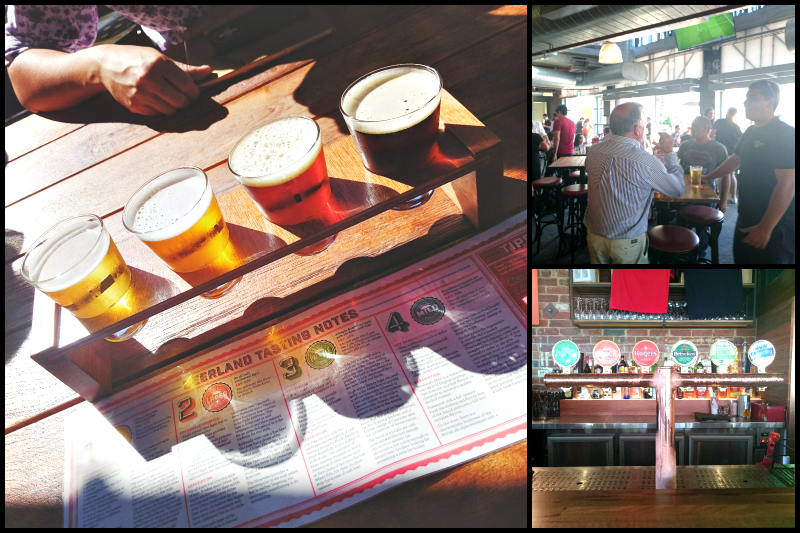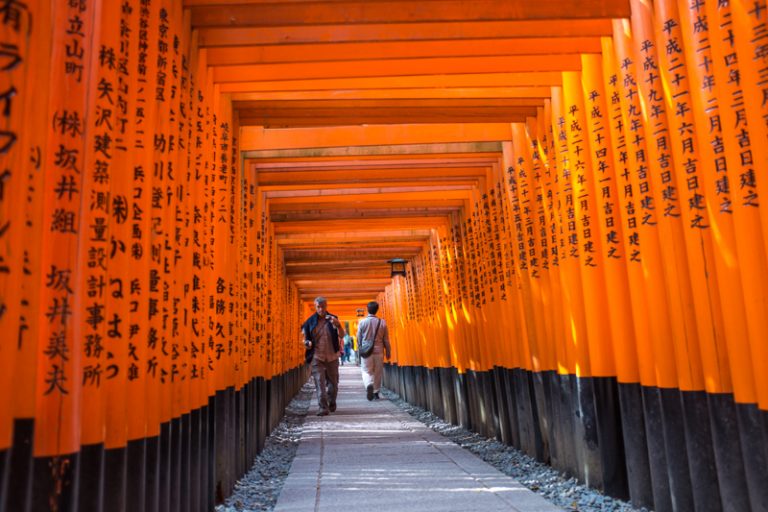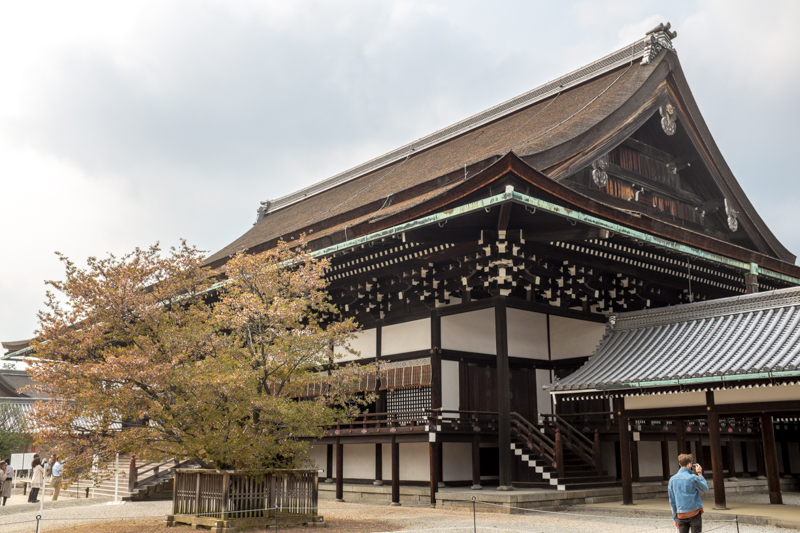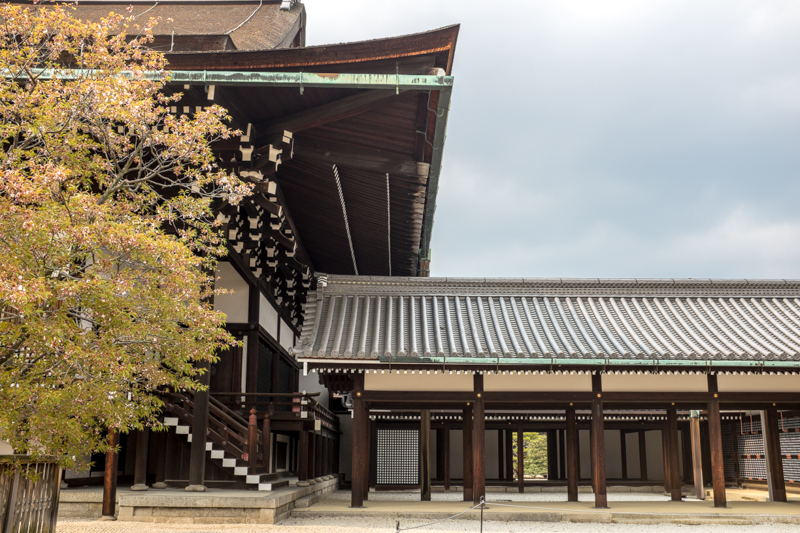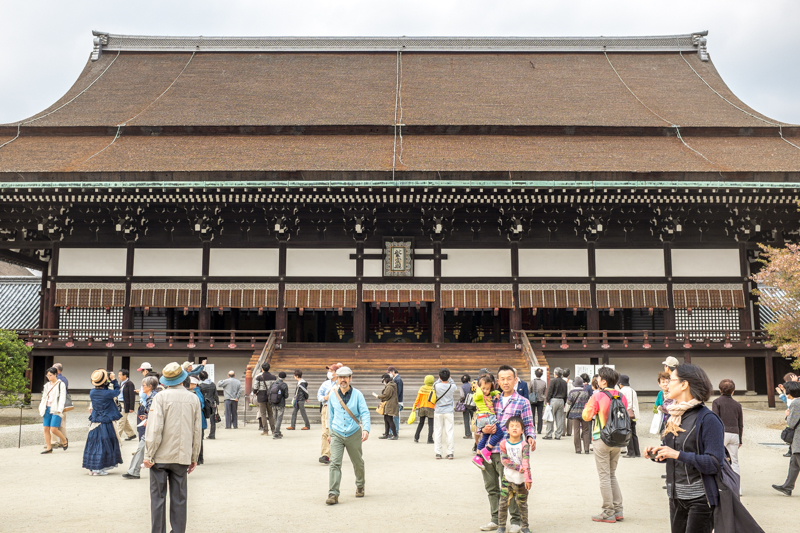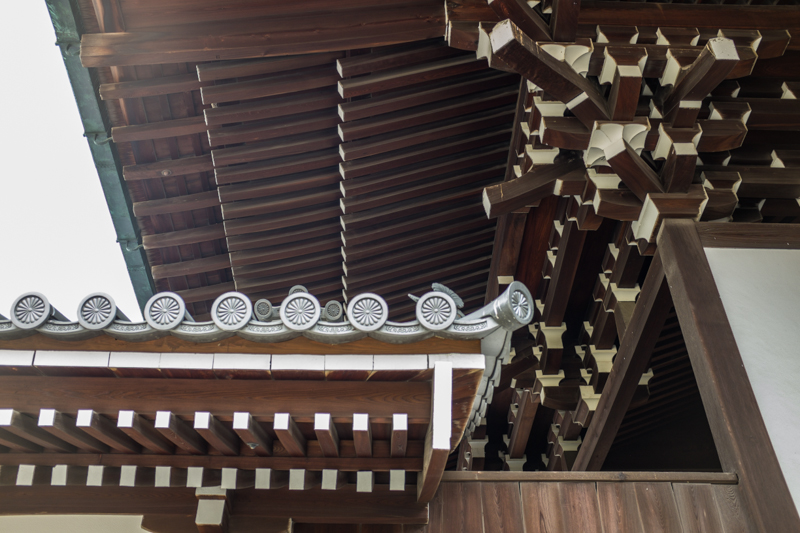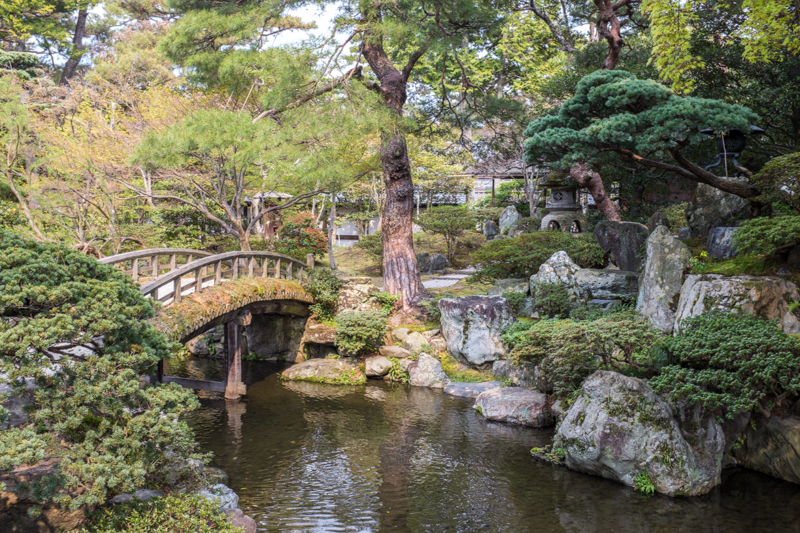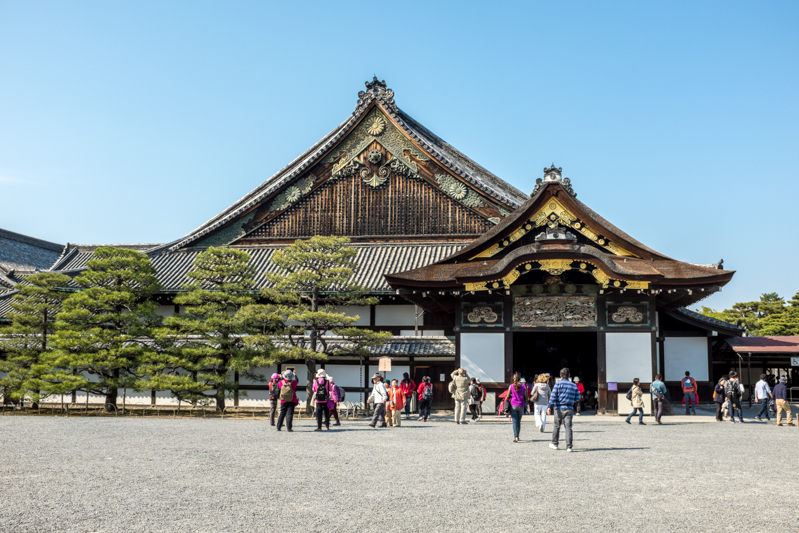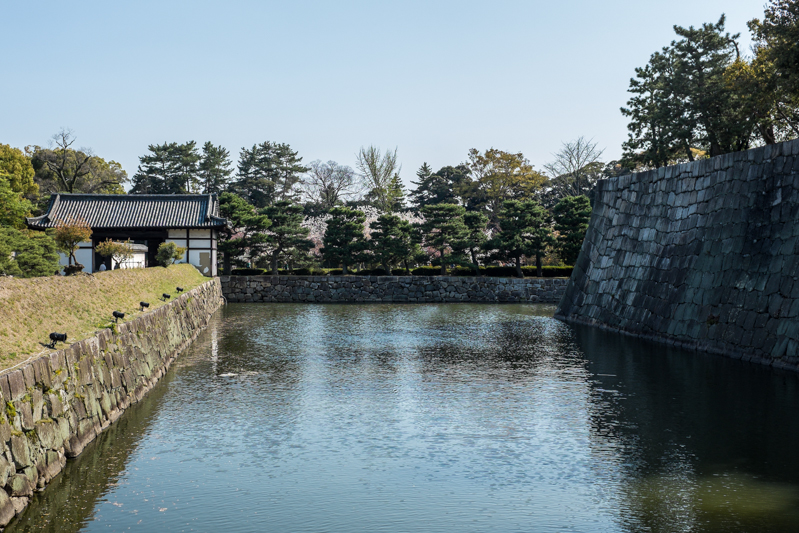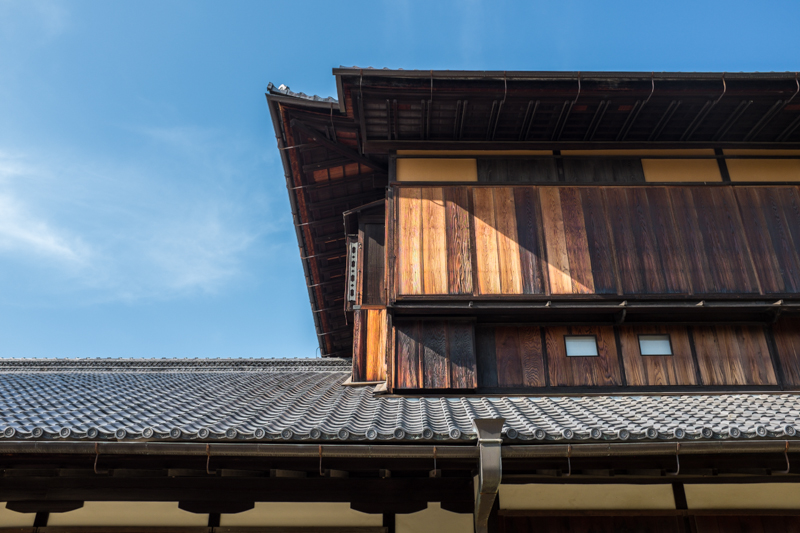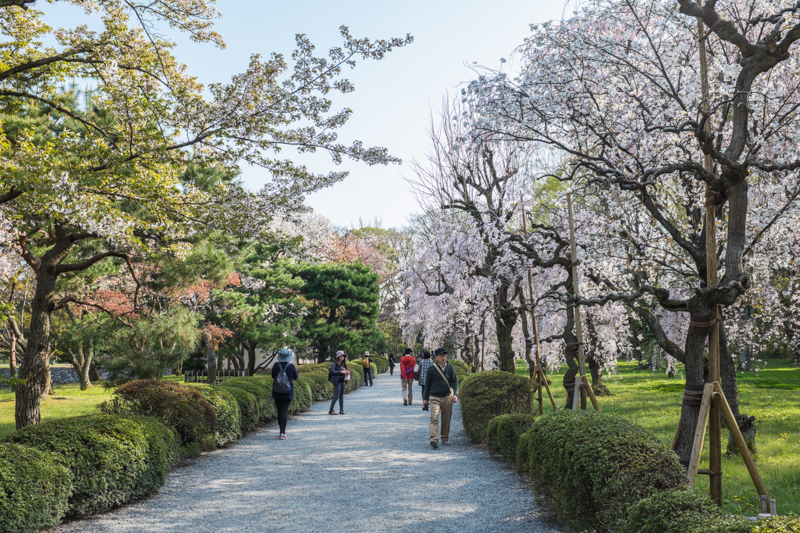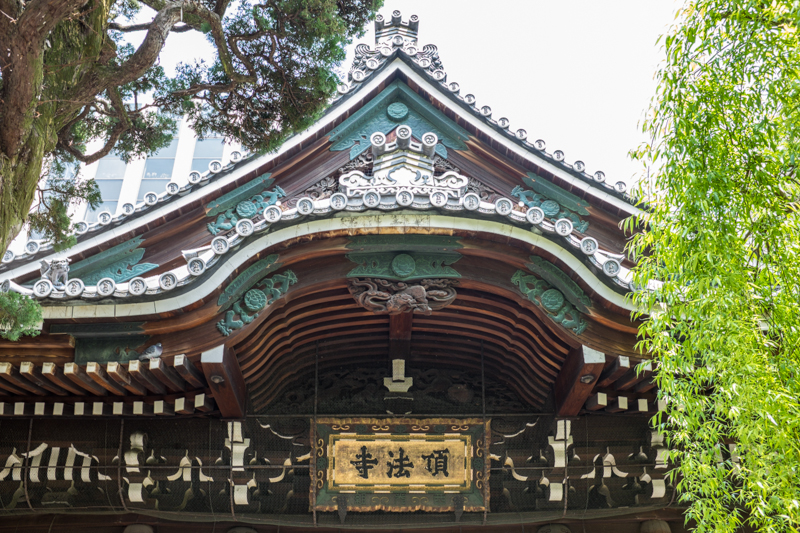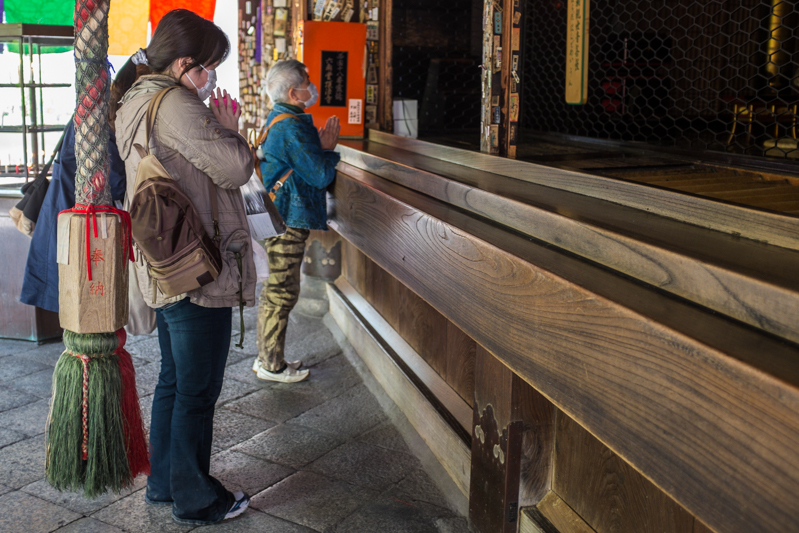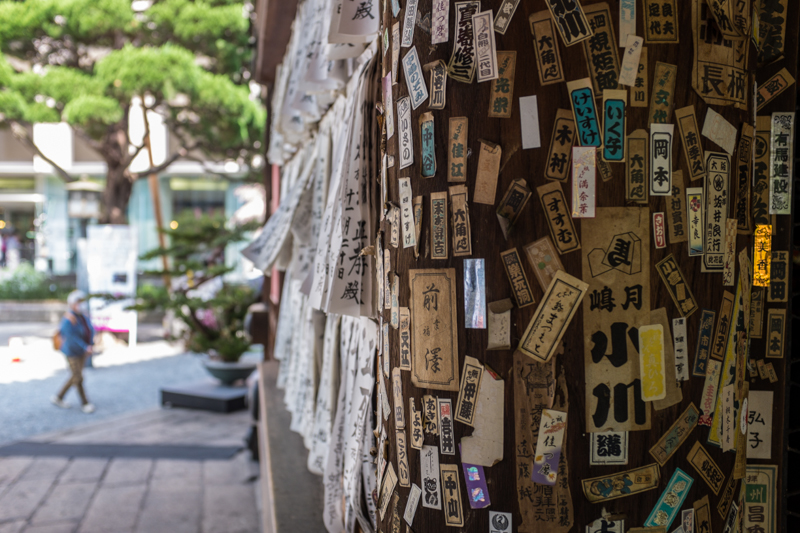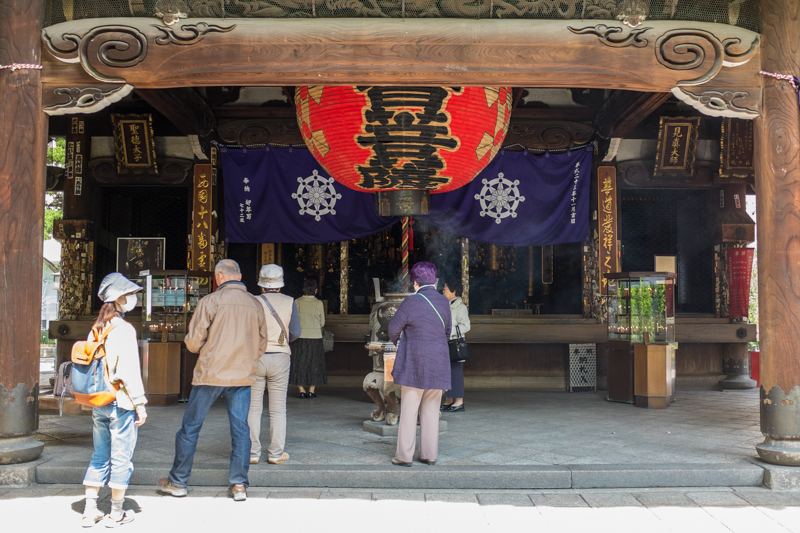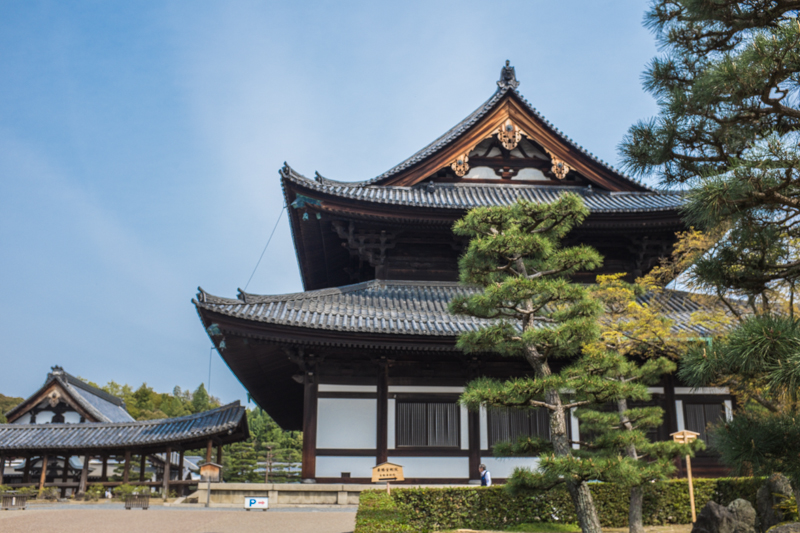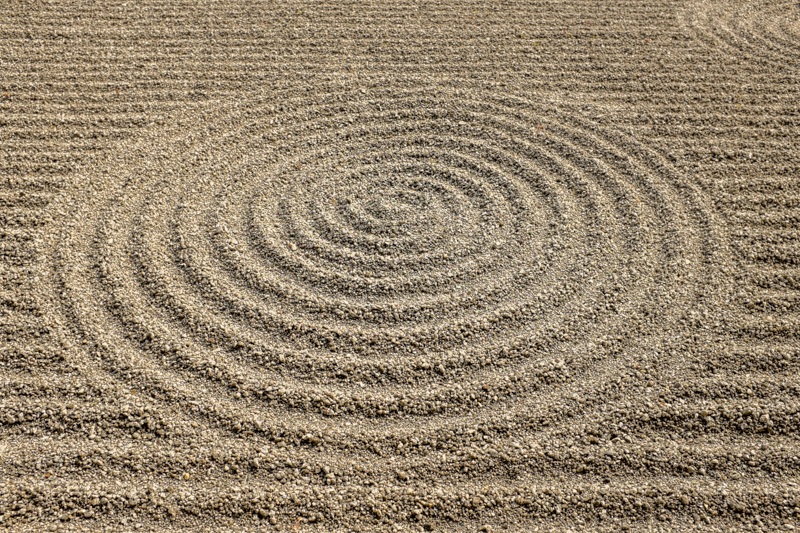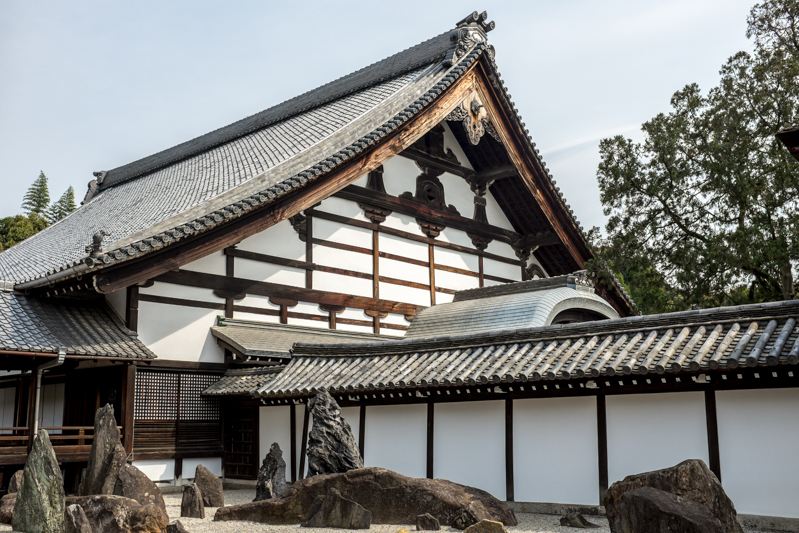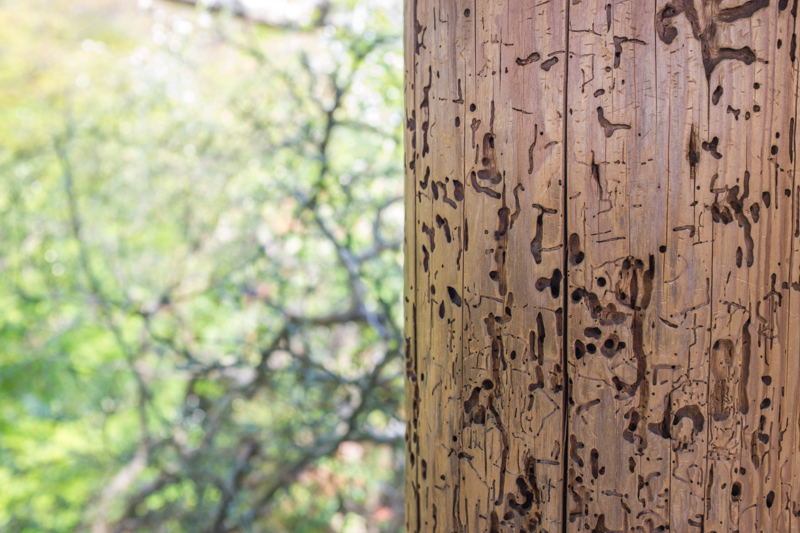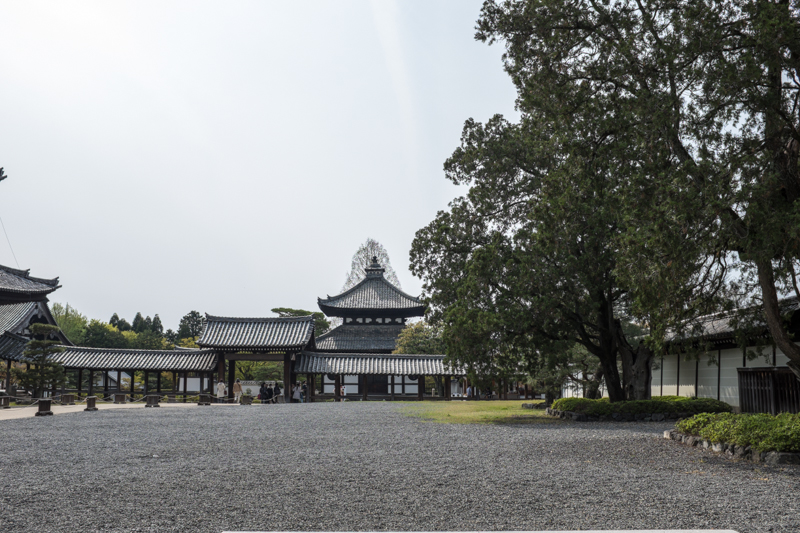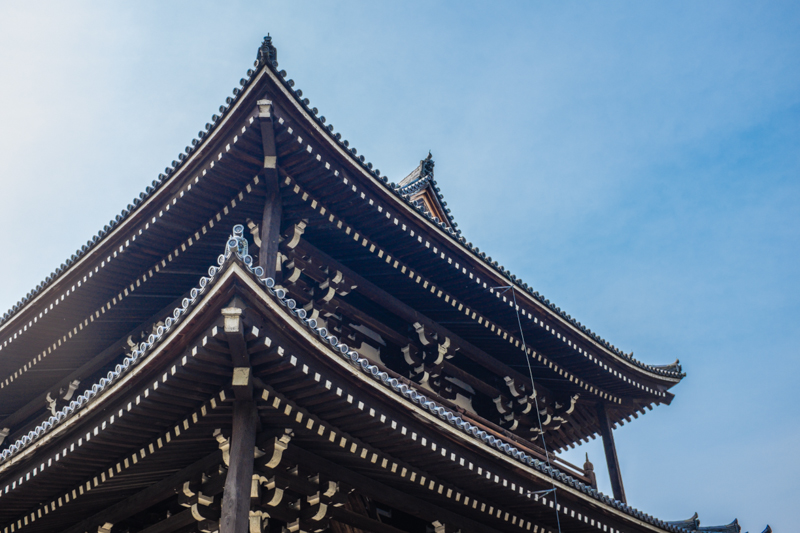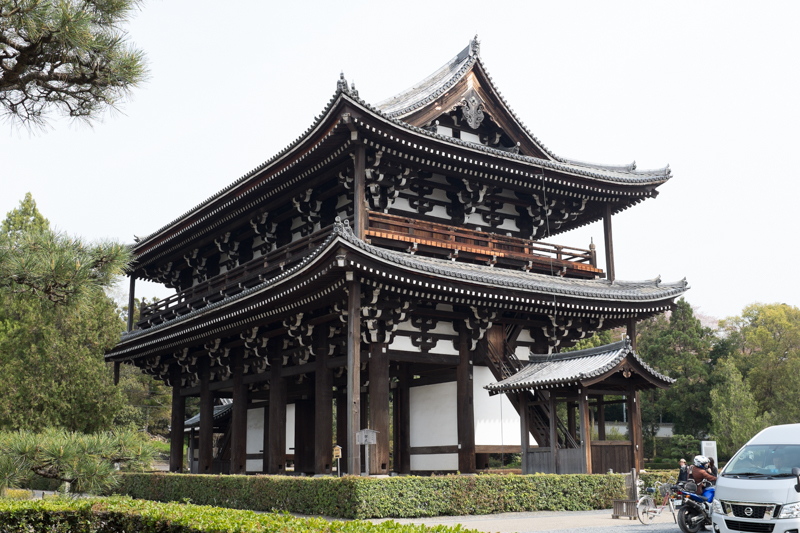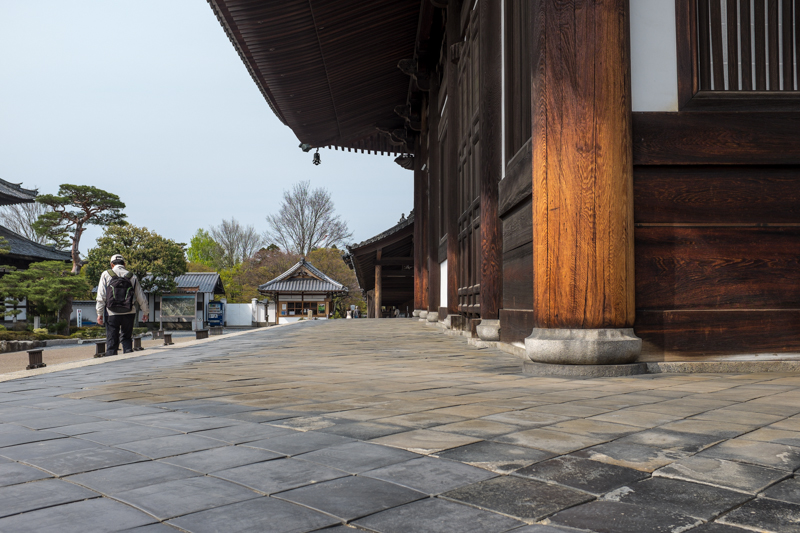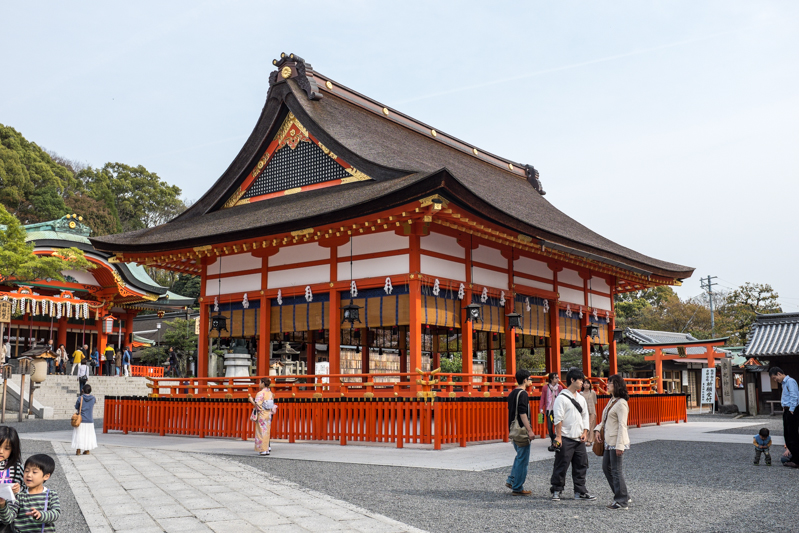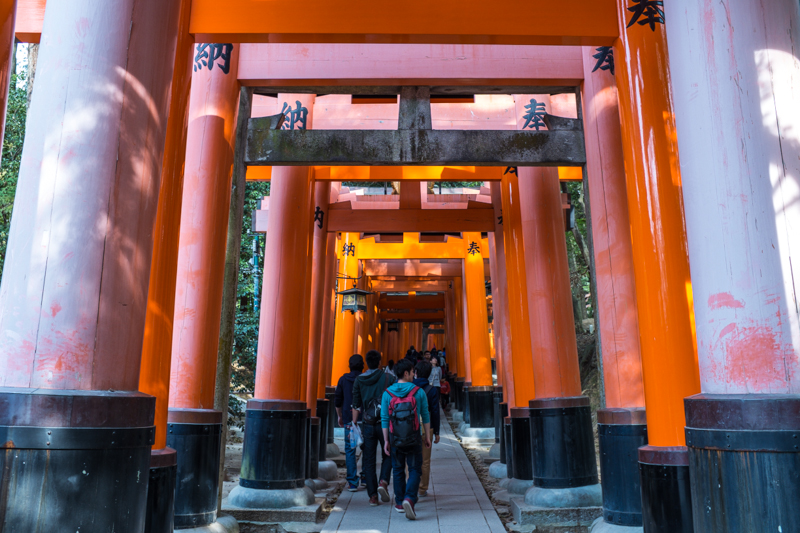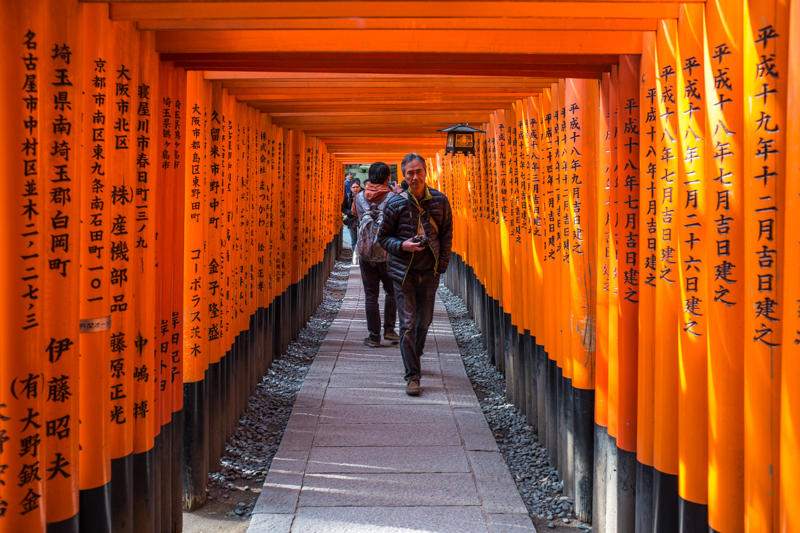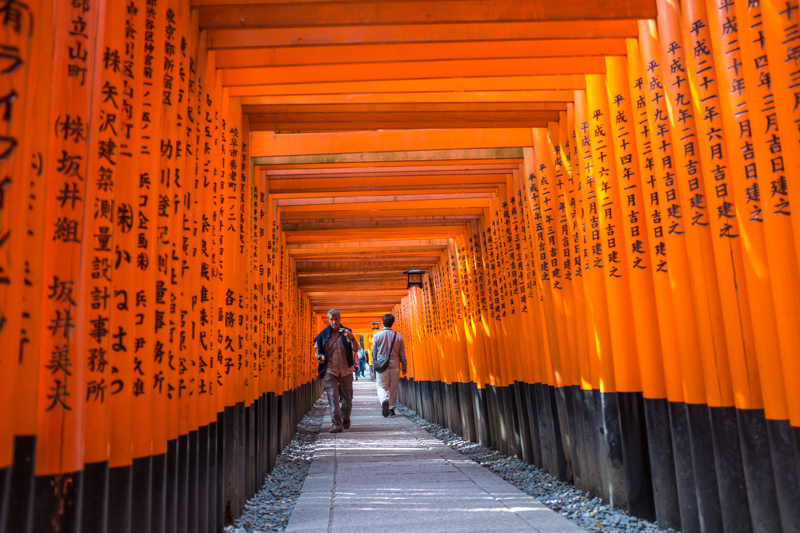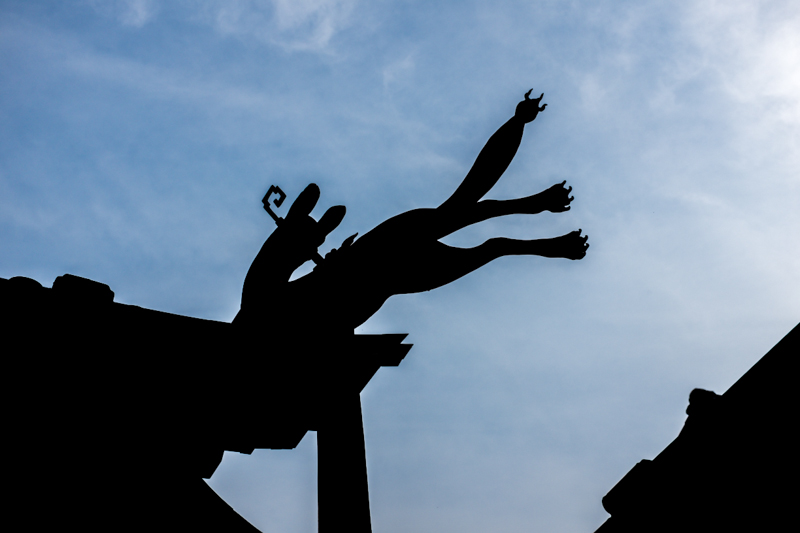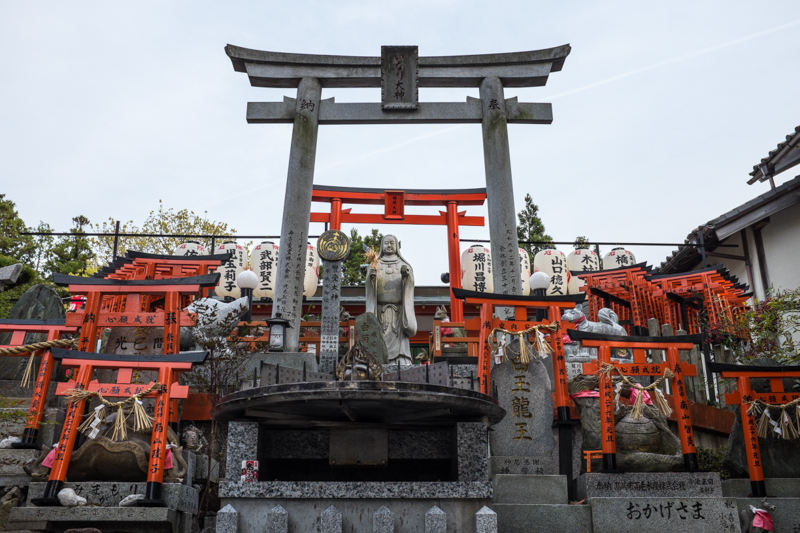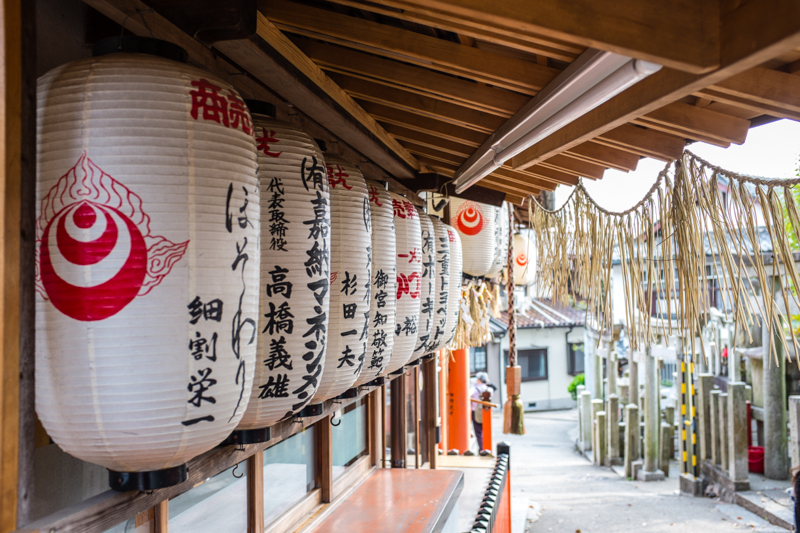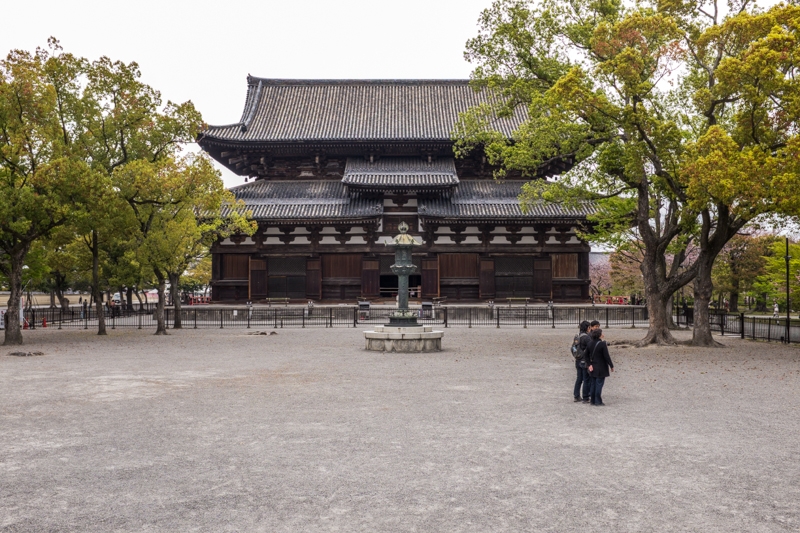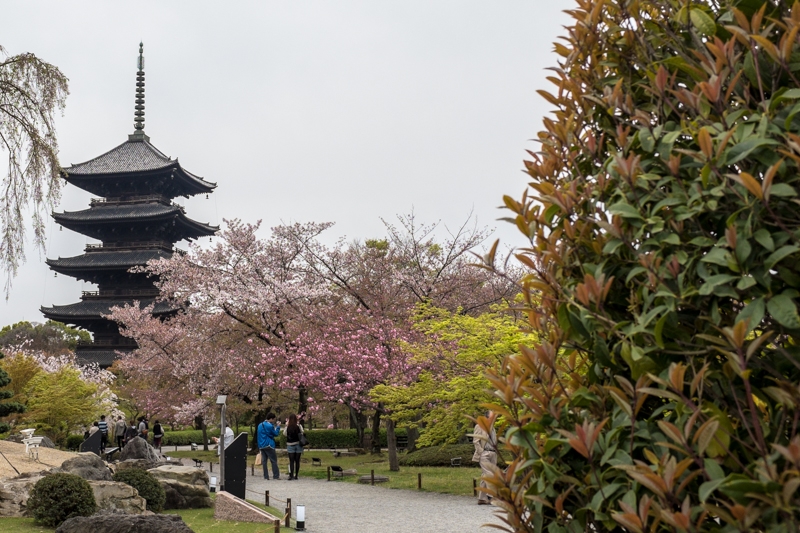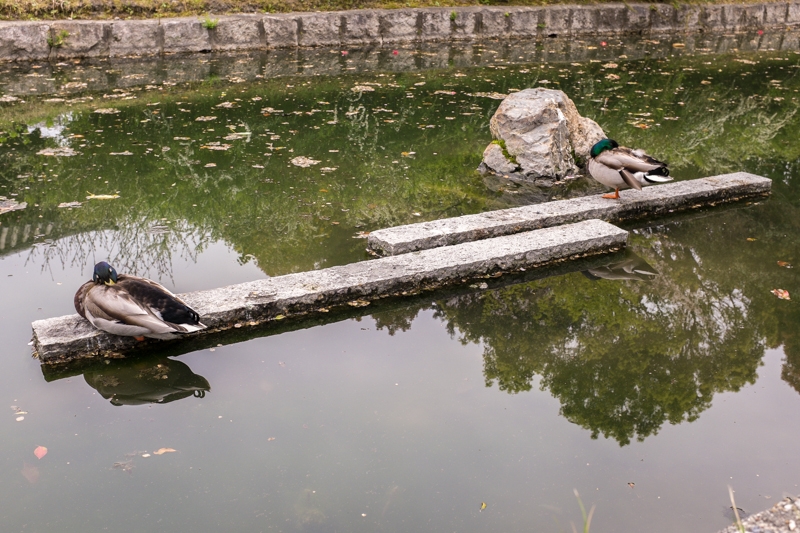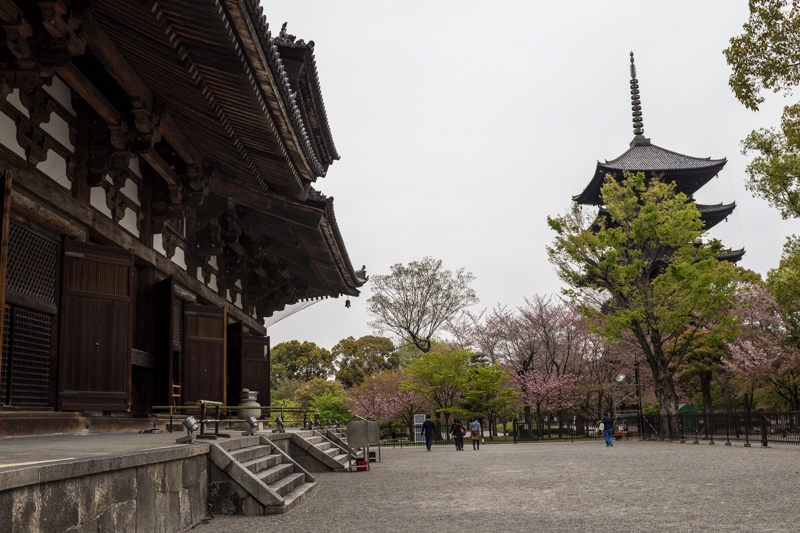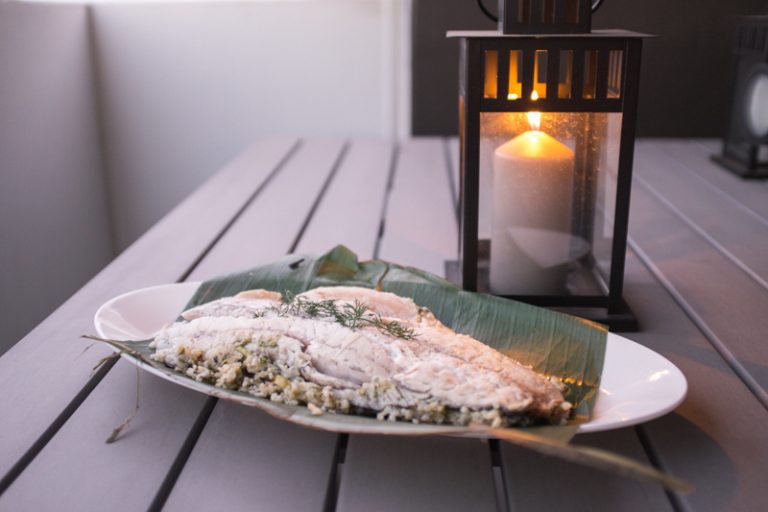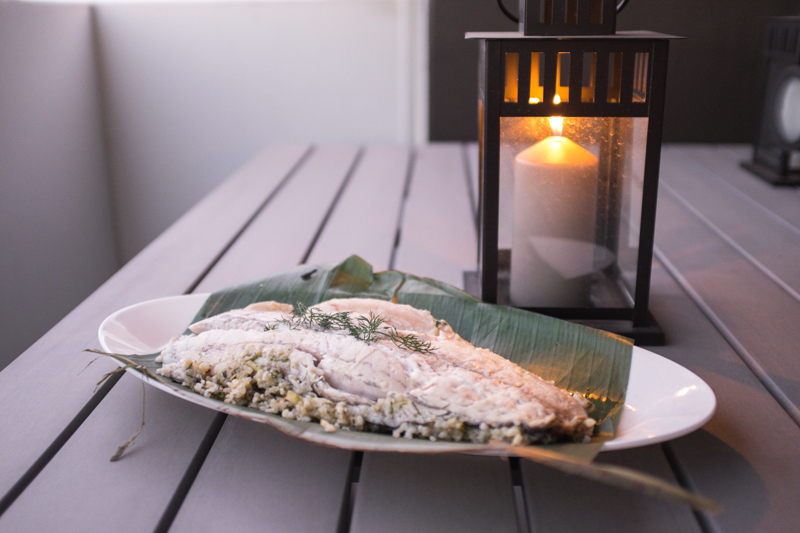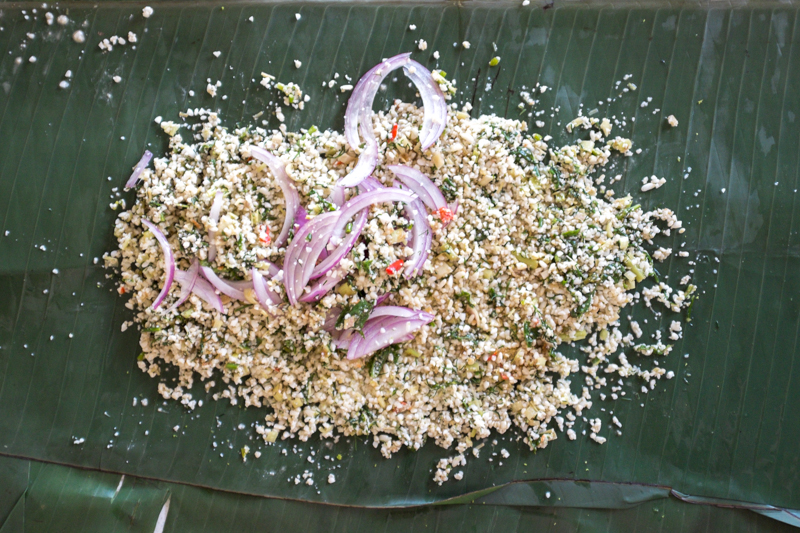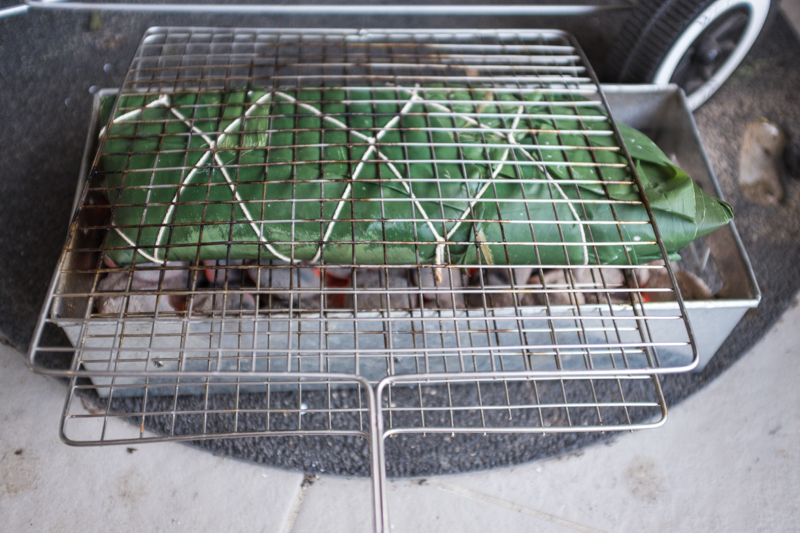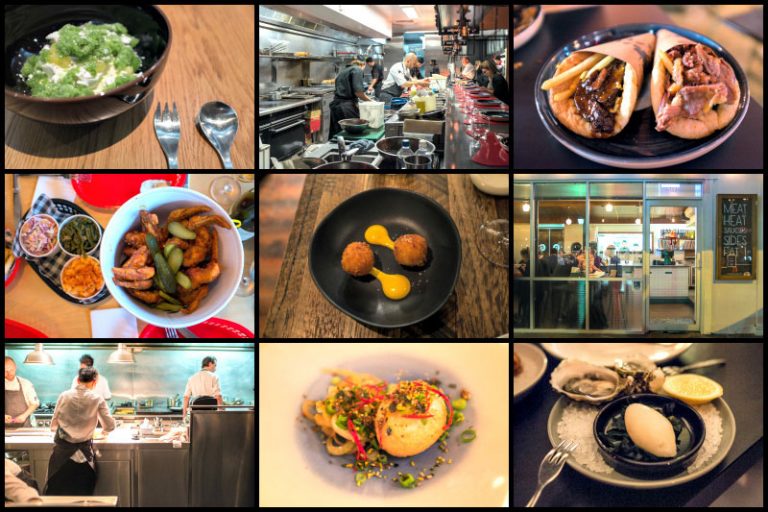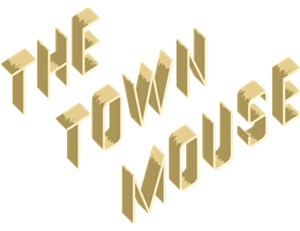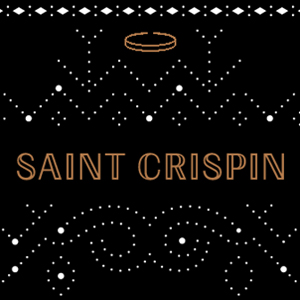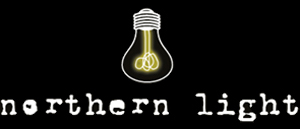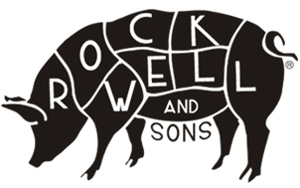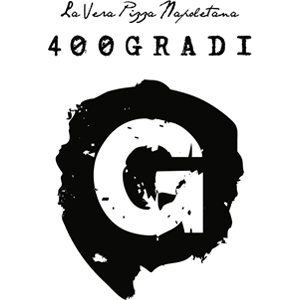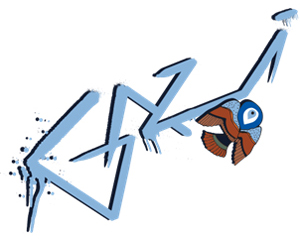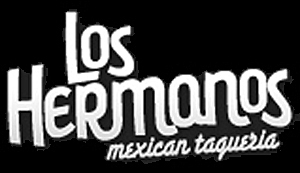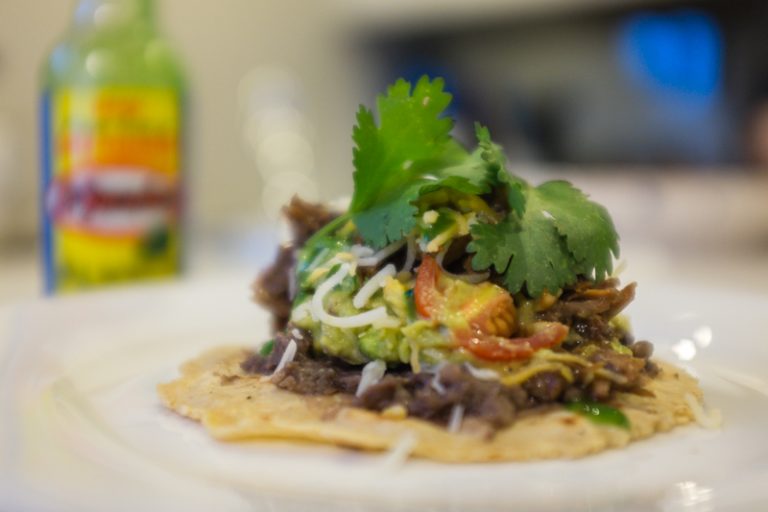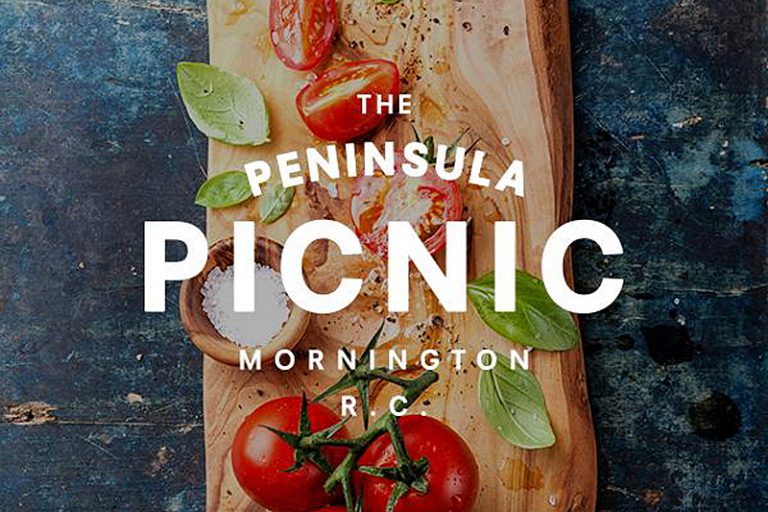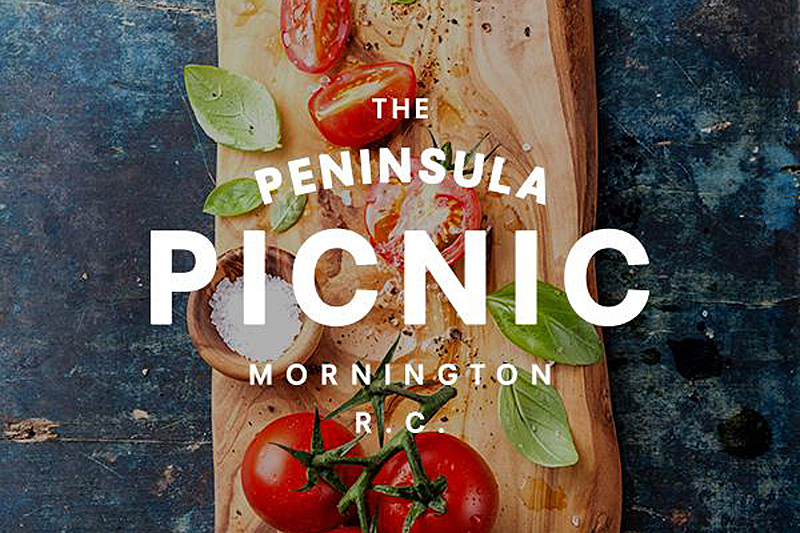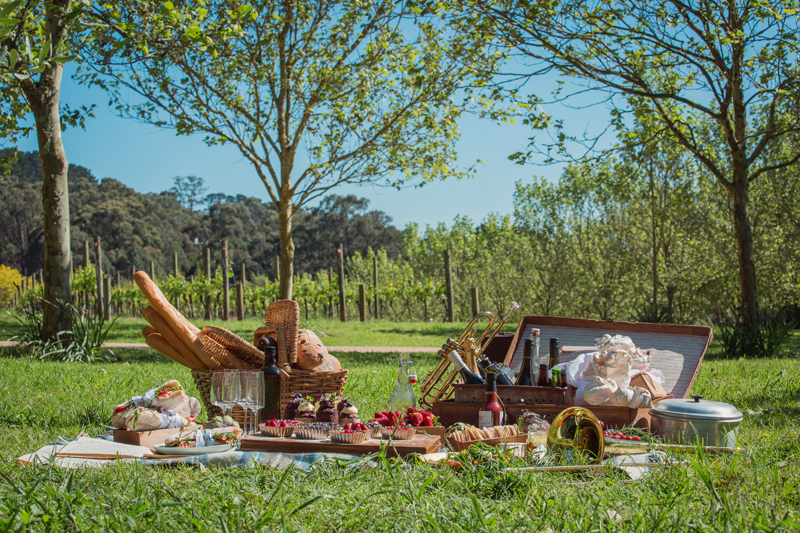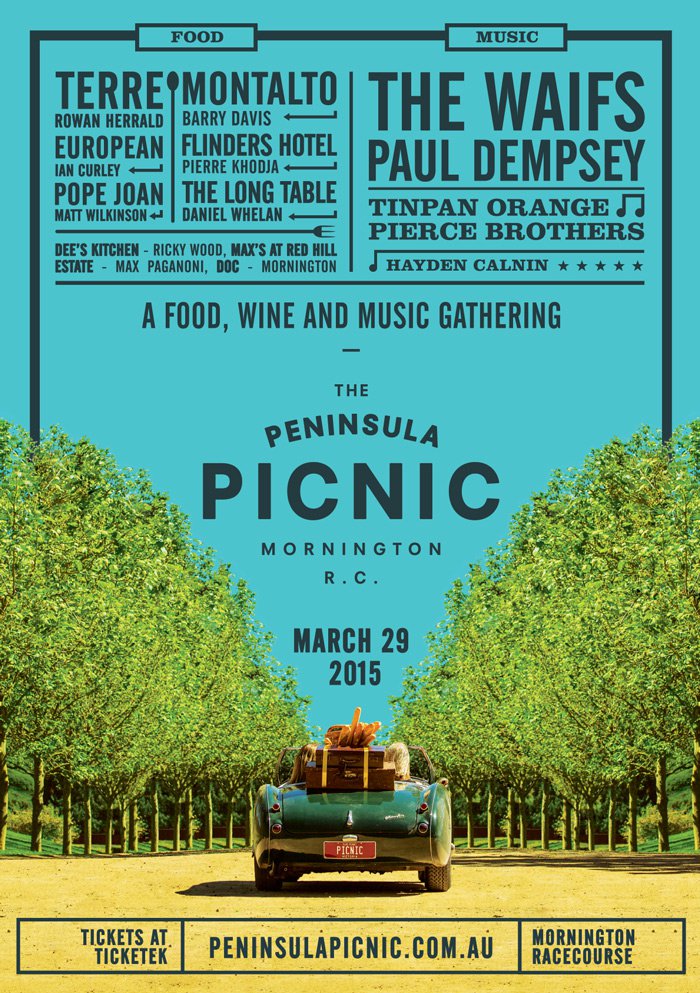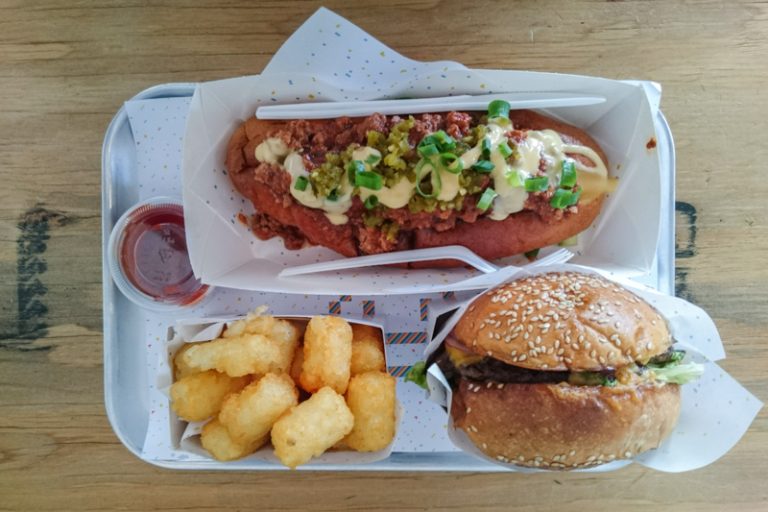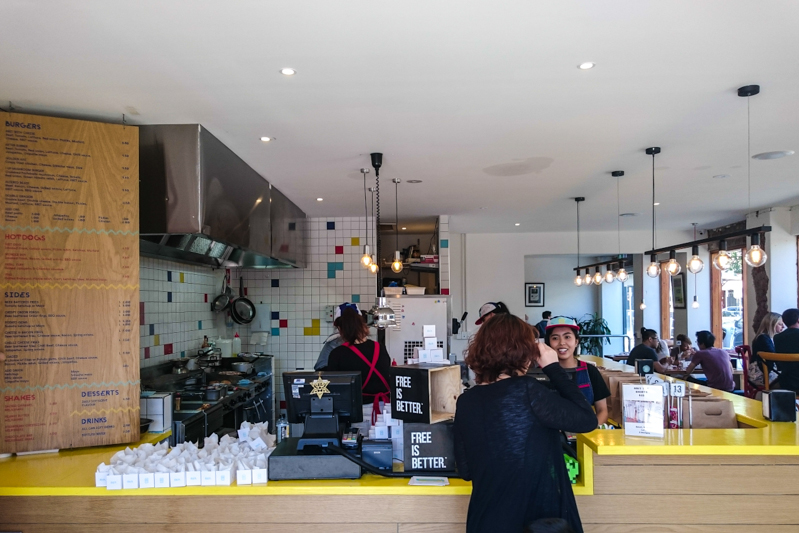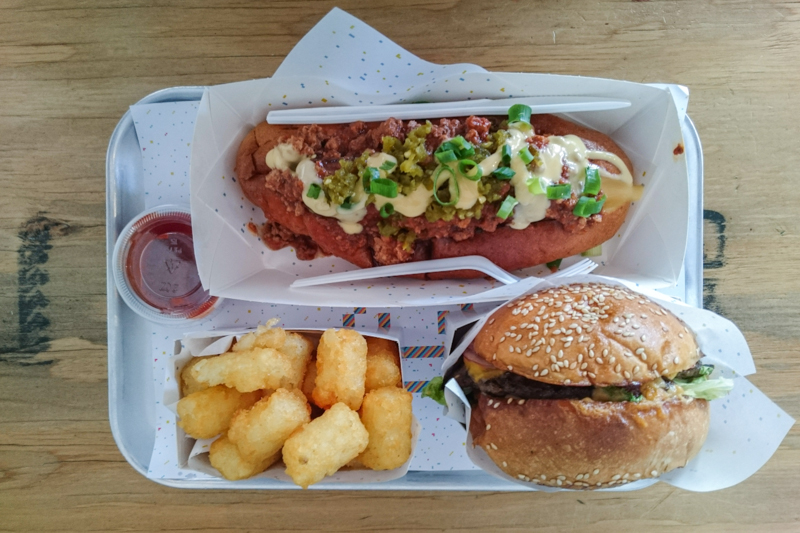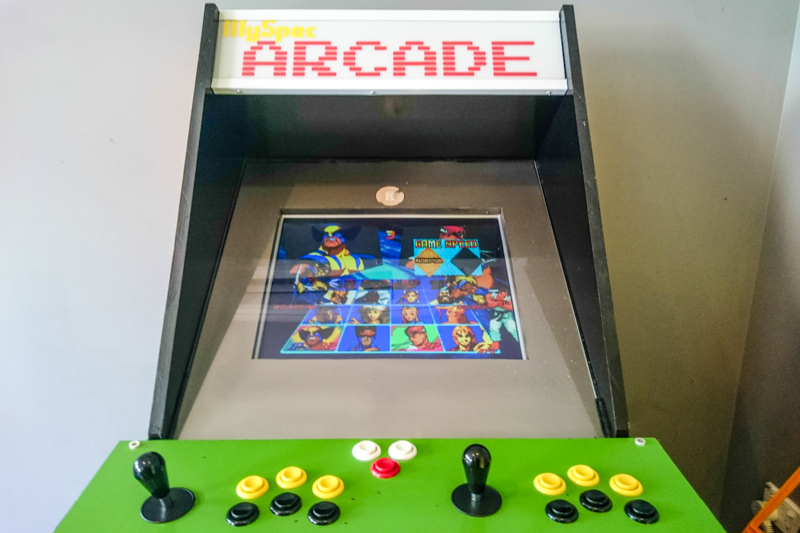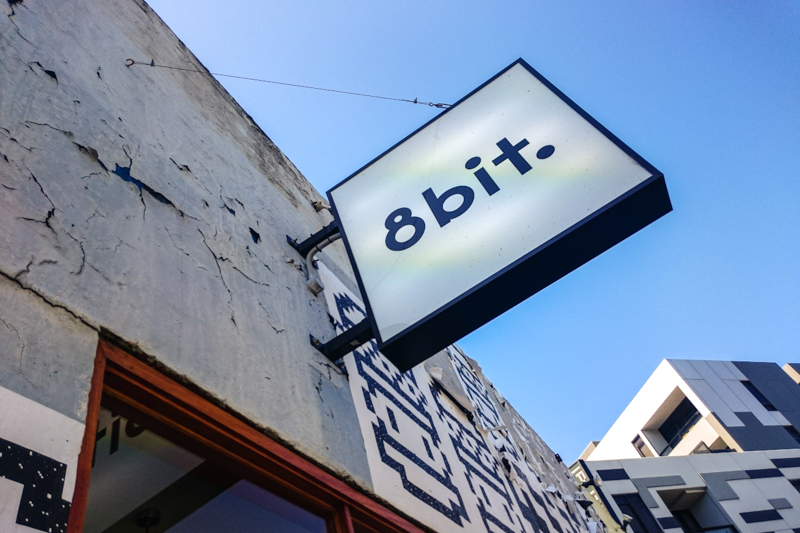Hiroshima. Arriving in the city by rail on a day trip out of Osaka I’ll admit that the sum total of my knowledge about the city was that the atomic bomb (“a-bomb”) dropped here in World War II. While I was very interested in the history surrounding this, I also wanted to get an impression of Hiroshima today, or at least as much of an impression as one can get in a single day.
What draws most tourists to Hiroshima are the historical sites, monuments and museum related to the a-bomb. They are contained in the Hiroshima Peace Memorial Park, which is where the a-bomb was detonated in the centre of Hiroshima, the area formerly being a busy commercial and residential part of the city. Many of the striking monuments, including the museum were designed by Japanese architect Tange Kenzo.
The Hiroshima Peace Memorial (Genbaku Dōmu) or “A-bomb Dome” was, at the time of the explosion, used as an exhibition hall. It was located only 160 meters from they hypocentre of the bomb and was the only building in the area to survive the explosion. It was designated a UNESCO World Heritage Site in 1996.
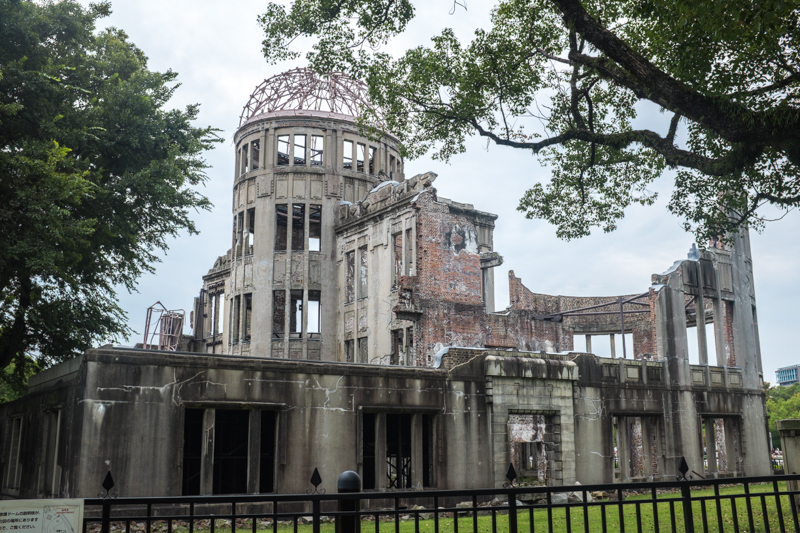
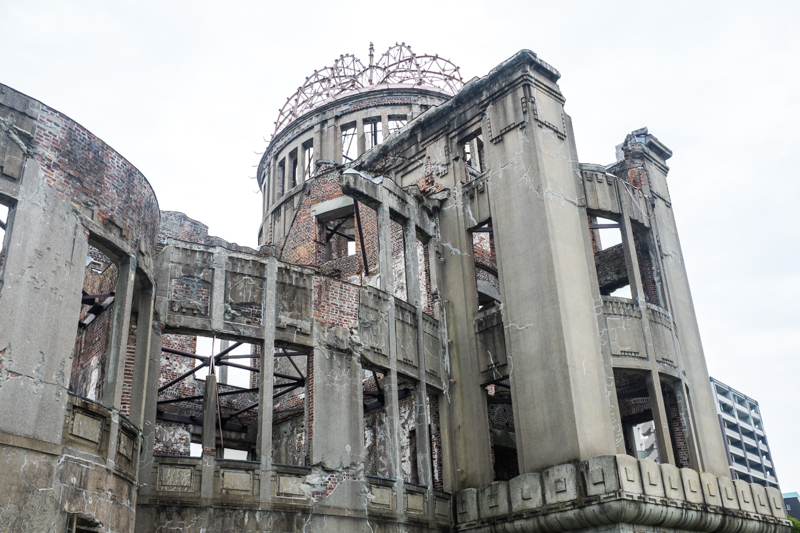
One of the first things I wondered was “how is Hiroshima a safe metropolis of 1.6 million when most of Chernobyl is, unsafe for human habitation?”. The answer to that question is actually quite simple.
- The a-bomb that was detonated over Hiroshima, Little Boy, contained 64 kilograms of uranium. The Chernobyl reactors contained 180 tonnes of nuclear fuel.
- Only 0.91 kilograms of Little Boy’s uranium reacted and became nuclear, as opposed to 7 tonnes of nuclear fuel which reacted and was released into the atmosphere.
- Little Boy was detonated 600 metres above the earth’s surface, meaning the radioactive debris was dispersed by the mushroom cloud. In Chernobyl, the explosion occurred at ground level, causing the soil to become radioactive.
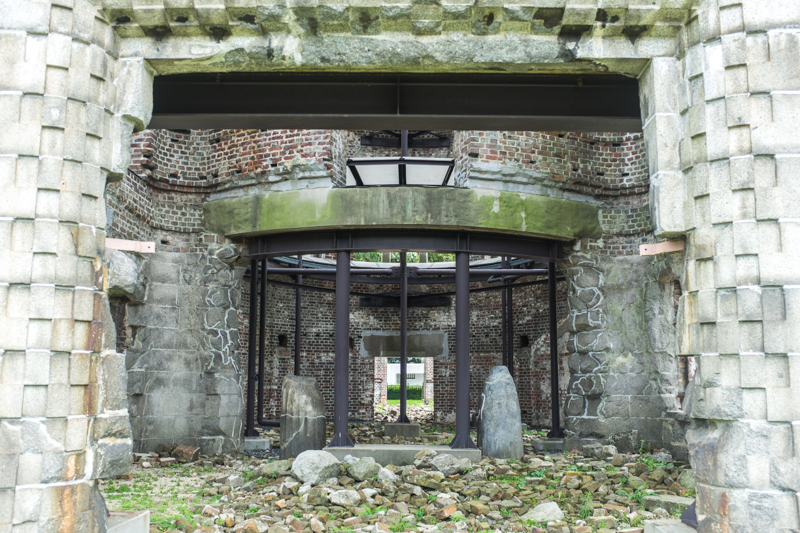
A statue at the base of the Memorial Tower to the Mobilised Students.
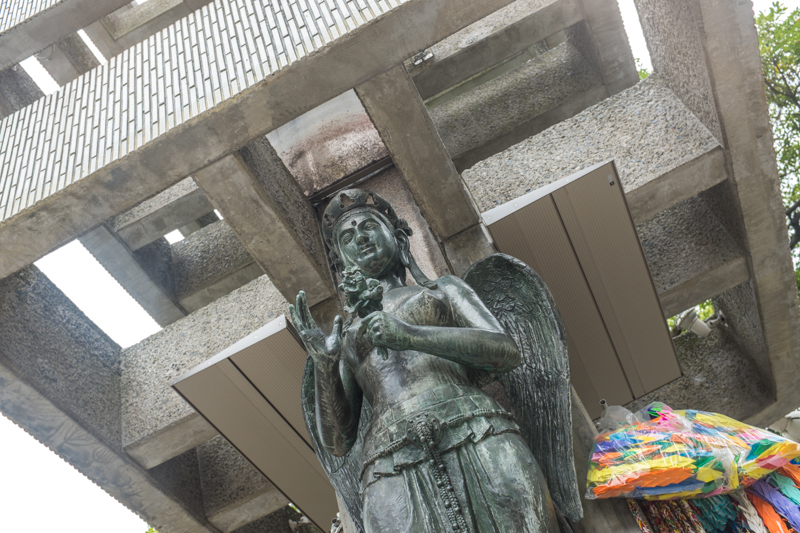
The long, low-standing structure in the background is the Hiroshima Peace Memorial Museum. It’s a striking building, completed in 1955 and contains several exhibits related to the a-bomb and the immediate and long term effects on Hiroshima and the victims, including several items that belonged to victims of the bombing. The focus isn’t on the war itself, but rather on nuclear science, the immediate devastation and aftermath of nuclear war and the promotion of peace. Some of the tales and first hand recollections are quite harrowing.
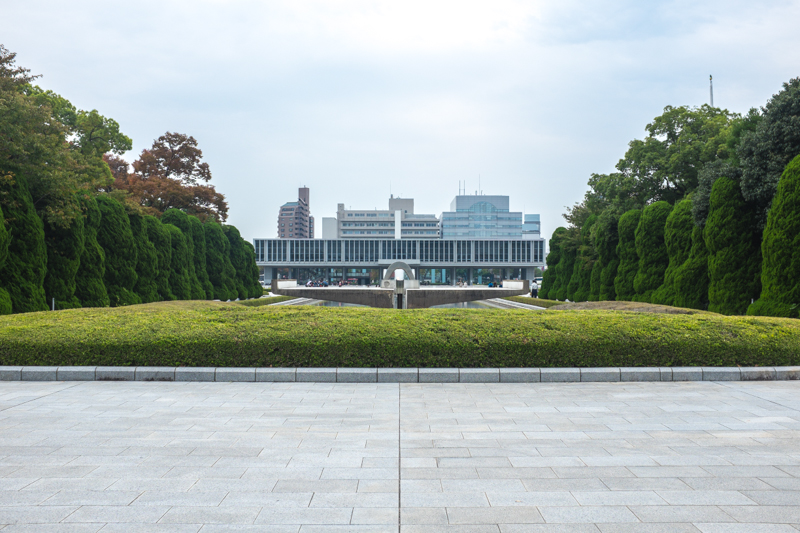
The Children’s Peace Monument is dedicated to Sadako Sasaki and the child victims of the bombing. Sadako Sadaki was a student who was aged 2 when the bombing occurred. In 1954 she was diagnosed with leukaemia and made it her goal to try and fold 1,000 paper cranes while in hospital, folklore claiming that if one could fold 1,000 paper cranes they would be granted a wish. She died on 25 October 1955 and to this day remains a symbol of peace and the impact of nuclear war.
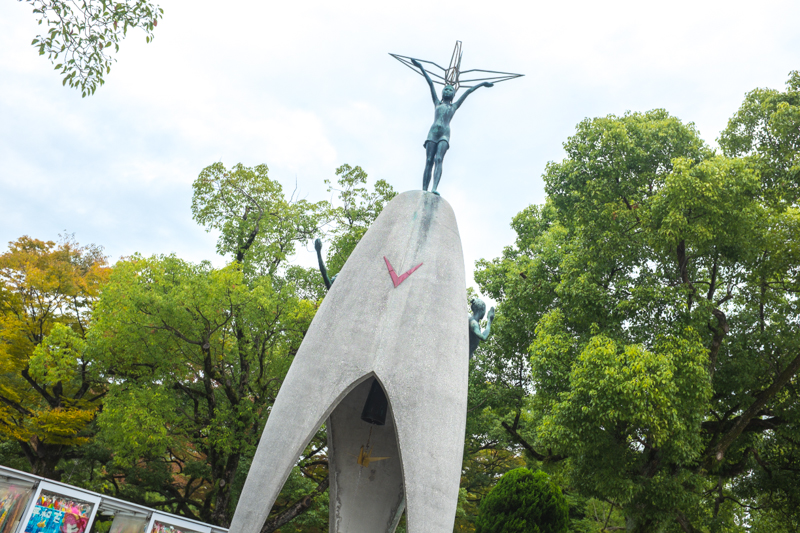
This photo was taken underneath the “Flame of Peace” with the Peace Memorial Museum and Cenotaph for A-bomb Victims in the background. The Flame of Peace has burned continuously since it was lit in 1964, to be extinguished only when all nuclear bombs on Earth have been destroyed.
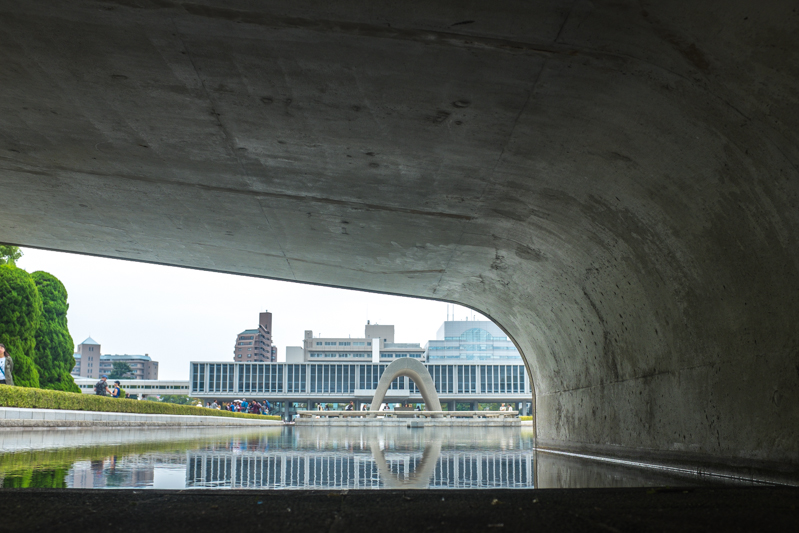

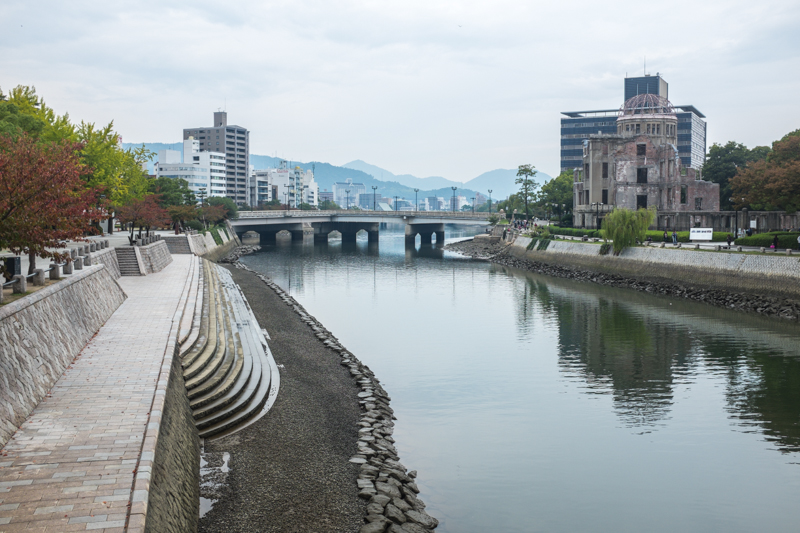
The Rest House is a building on the outskirts of Hiroshima Peace Park that survived the bombing. A man, Eizo Nomura, was in the basement of this building at the time of the bombing. He survived the blast and went on to live into his 80s.
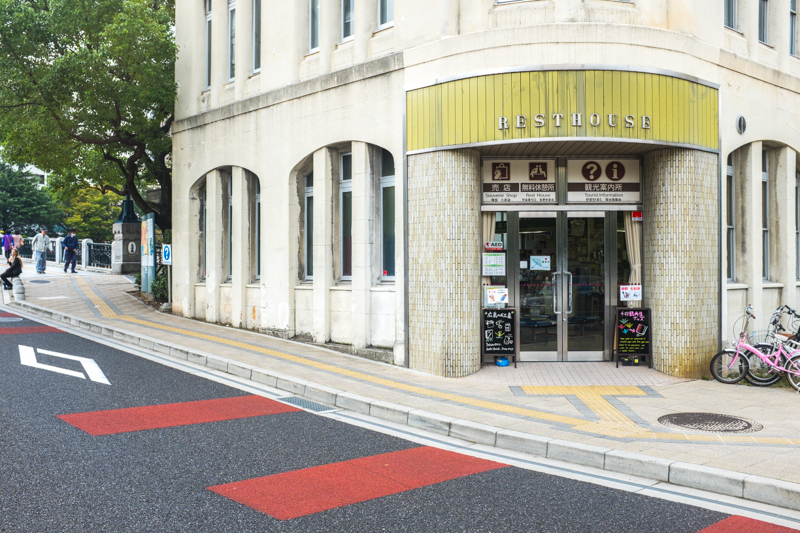
I am aware of the differences in the way that Japan and Germany have confronted their roles in World War II and those differences were apparent when I visited the Hiroshima Peace Memorial Park. When I visited the Documentation Center Nazi Party Rally Grounds in Nuremberg, the permanent exhibition “Fascination and Terror” dealt with the causes, connections, and consequences of National Socialism and there was a very frank discussion of Germany’s role in the war that occurred throughout. A lot of time is given to trying to figure out how it could have all happened when, at the end of the day, the vast majority of Germans living during World War II were decent minded people.
I walked away under no illusions as to Germany’s acceptance of the role it played during the war and fact that they are deeply regretful about it.
In Hiroshima the focus is, as I discussed earlier, on nuclear science, the immediate devastation and aftermath of nuclear war and the promotion of peace, along with the desire to eliminate all nuclear weapons from the world. The question of why this happened in the first place is avoided, and there is very little to no recognition of the role that Japan played in the war.
Moving away from the Hiroshima Peace Memorial Park and into the streets of the city itself, one of the most obvious consequences of the bombing is that everything is quite modern, with most of the buildings being built post 1945 during the reconstruction of the city.
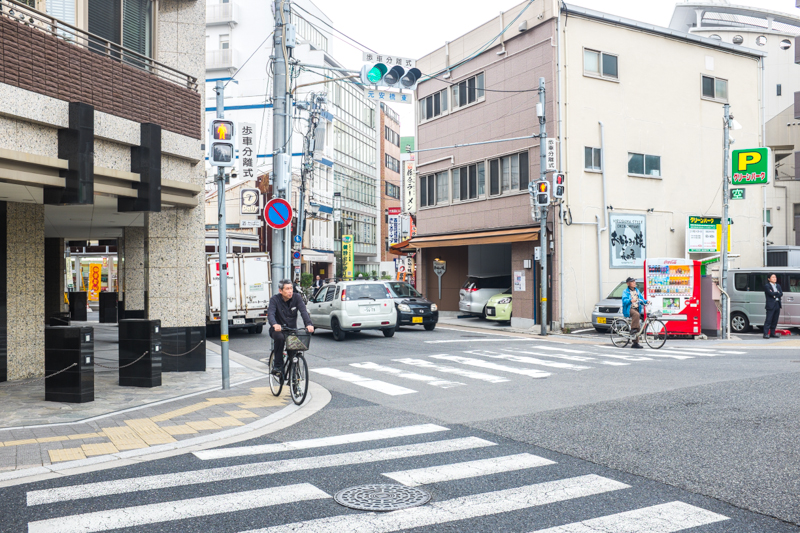
A lot of this kind of architecture can be seen around Hiroshima. If you are interested in 1950s and 1960s architecture there’s a lot to see.
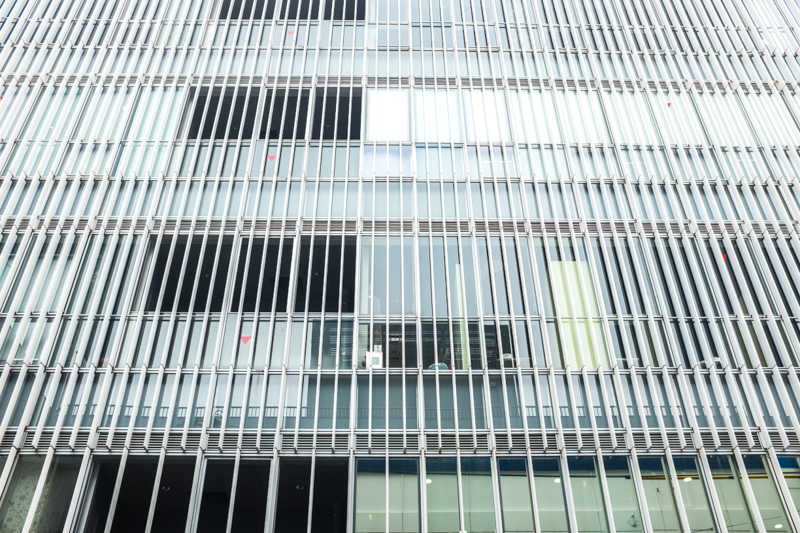
Another very noticeable thing in Hiroshima is the presence of covered shopping streets – something that I saw quite a lot of in Osaka and Kyoto too.
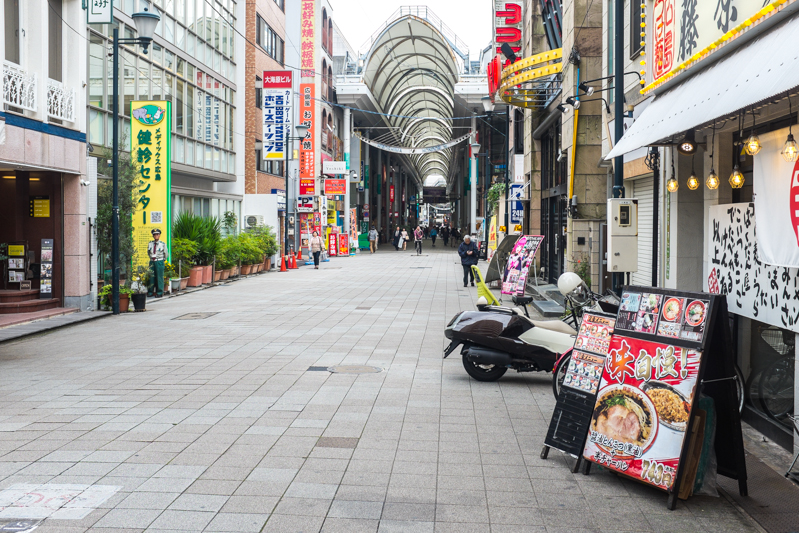
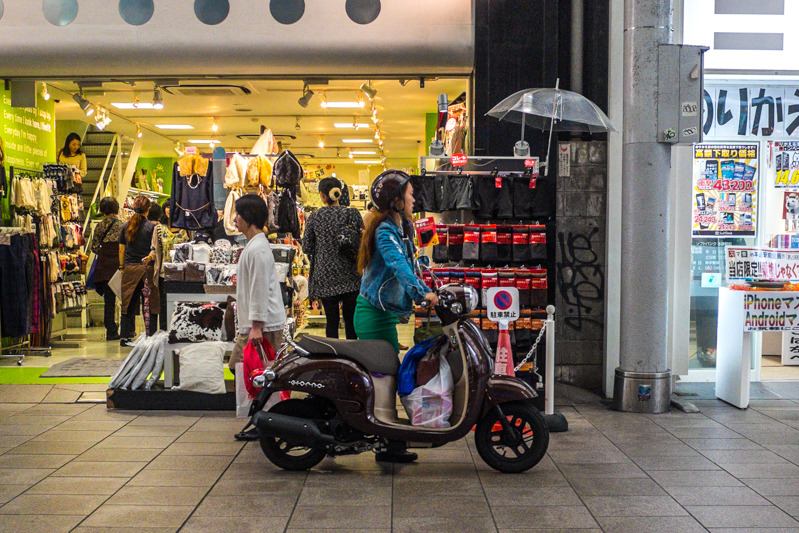
Food wise, there was only one thing I was ever going to eat in Hiroshima and that was Hiroshima-style okonomiyaki. Okonomiyaki is a Japanese pancake-like dish that contains a mixture of ingredients in a batter. Where Hiroshima-style okonomiyaki differs from the more common Osaka style is that the ingredients are layered, rather than mixed, there’s a lot more cabbage and noodles are used as a topping. I also noticed that mayonnaise wasn’t used here.
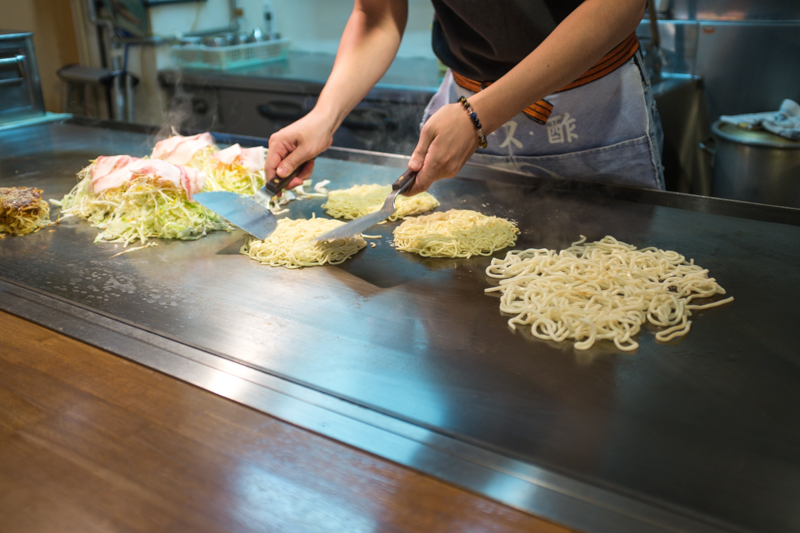
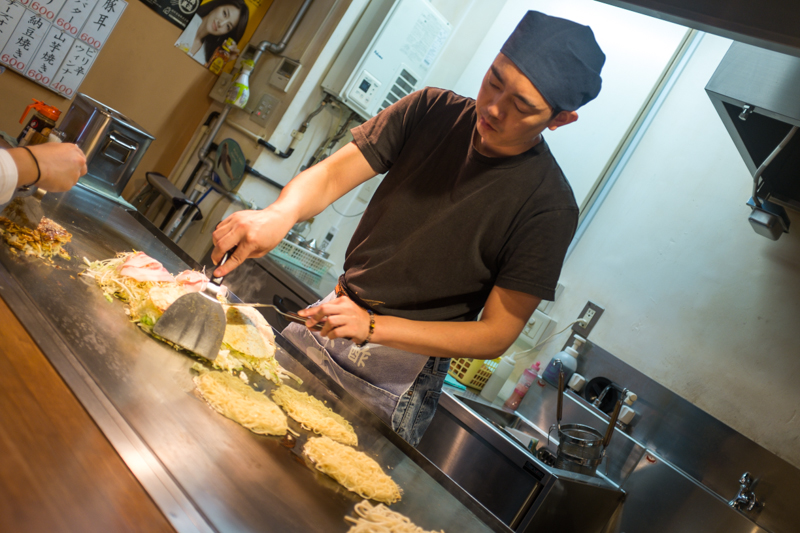
I’m a big fan of okonomiyaki and the Hiroshima version of the dish didn’t disappoint. The crispy noodles really added another dimension to it.
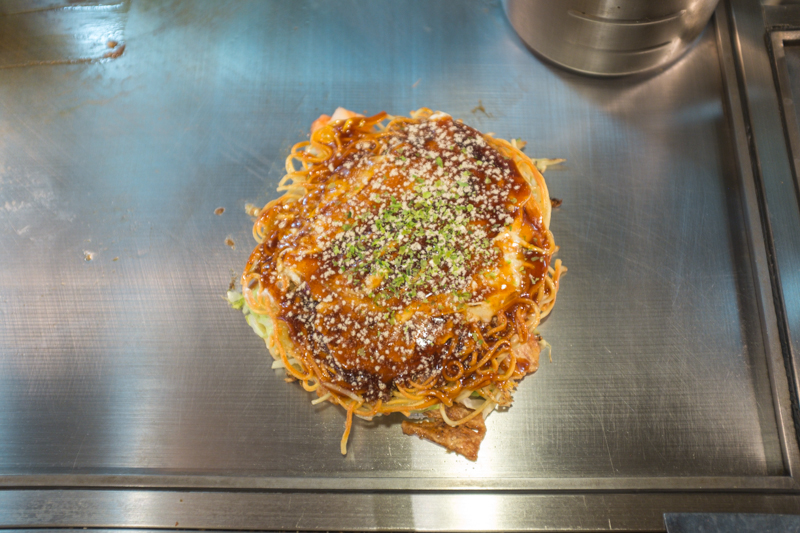
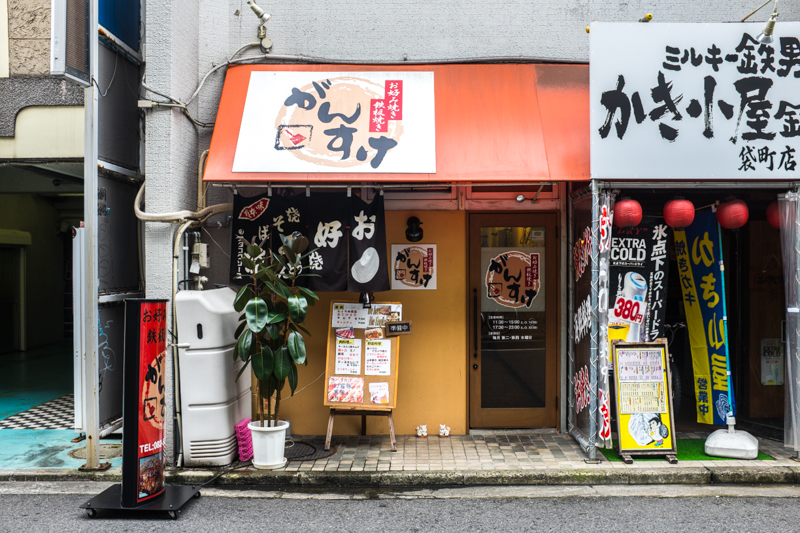
There are no shortage of hole in the wall bars and shops dotted around Hiroshima. I was looking for a record store, any record store and saw a sign outside of a building down a side street that indicated there was a record shop on the 4th floor. My friends and I went upstairs and found this place, which was only about twice the size of what you can see in the photo. To the left were a number of punk and rock CDs and Vinyl records for sale and, at the bar there were a handful of alcoholic drinks available, plus Japanese curry. When the owner realised that we were Australian, he put on the album “Back In Black” by AC/DC. I later found out that Hiroshima has quite a vibrant independent live music scene, and actually got an LP from a local punk rock band.
One of the things that I love most about Japan is that these multi-purpose tiny venues can be found all over the place. Got an idea for a shop, bar, restaurant or any combination of anything and a space that you can put it in? Go for it. I wish that it was as easy to do this sort of thing in Australia.
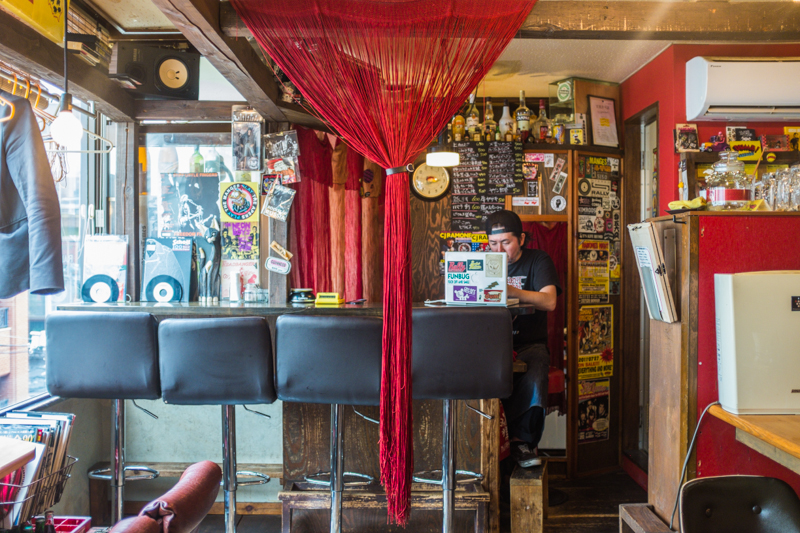
To end the day, we stumbled across one of the few craft beer pubs in Hiroshima “Raku”, which had a decent selection of Japanese craft beers on tap, including some specific to this part of Japan that I hadn’t seen before.
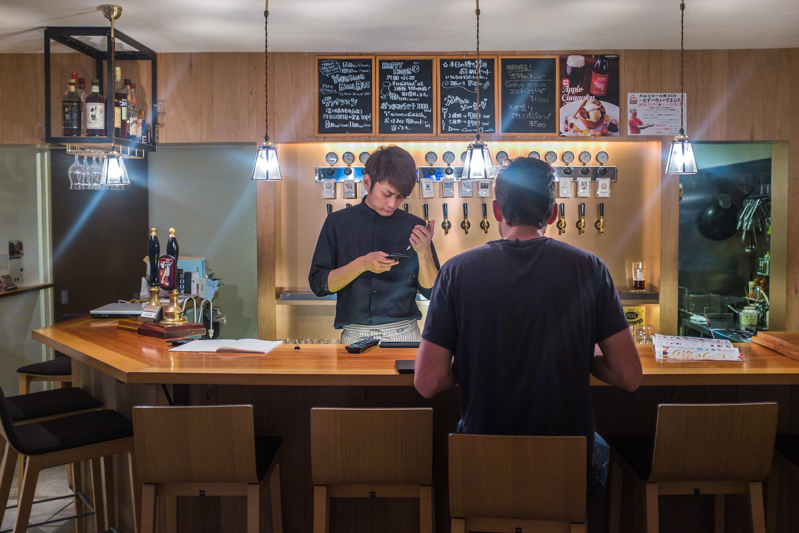
Raku also has 2 hand pumps. I’ve had the Yona Yona Ale before, but on hand pump “real Ale” style it took on a much smoother, cleaner taste. Highly recommended if you ever find it on a hand pump.
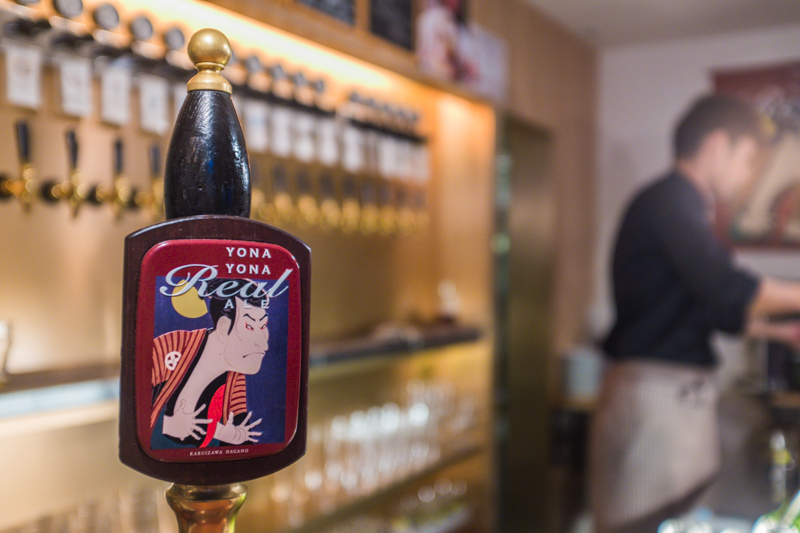
I only spent one day in Hiroshima and came away very impressed. The historical, a-bomb related things are well worth visiting and it’s a really fun city to walk around. I only wish that I had an extra day to explore because if the few places that I discovered while walking around in the afternoon were anything to go by, Hiroshima seems like it would be a really fun city to get under the surface of with lots of independent shops, bars and food spots.


